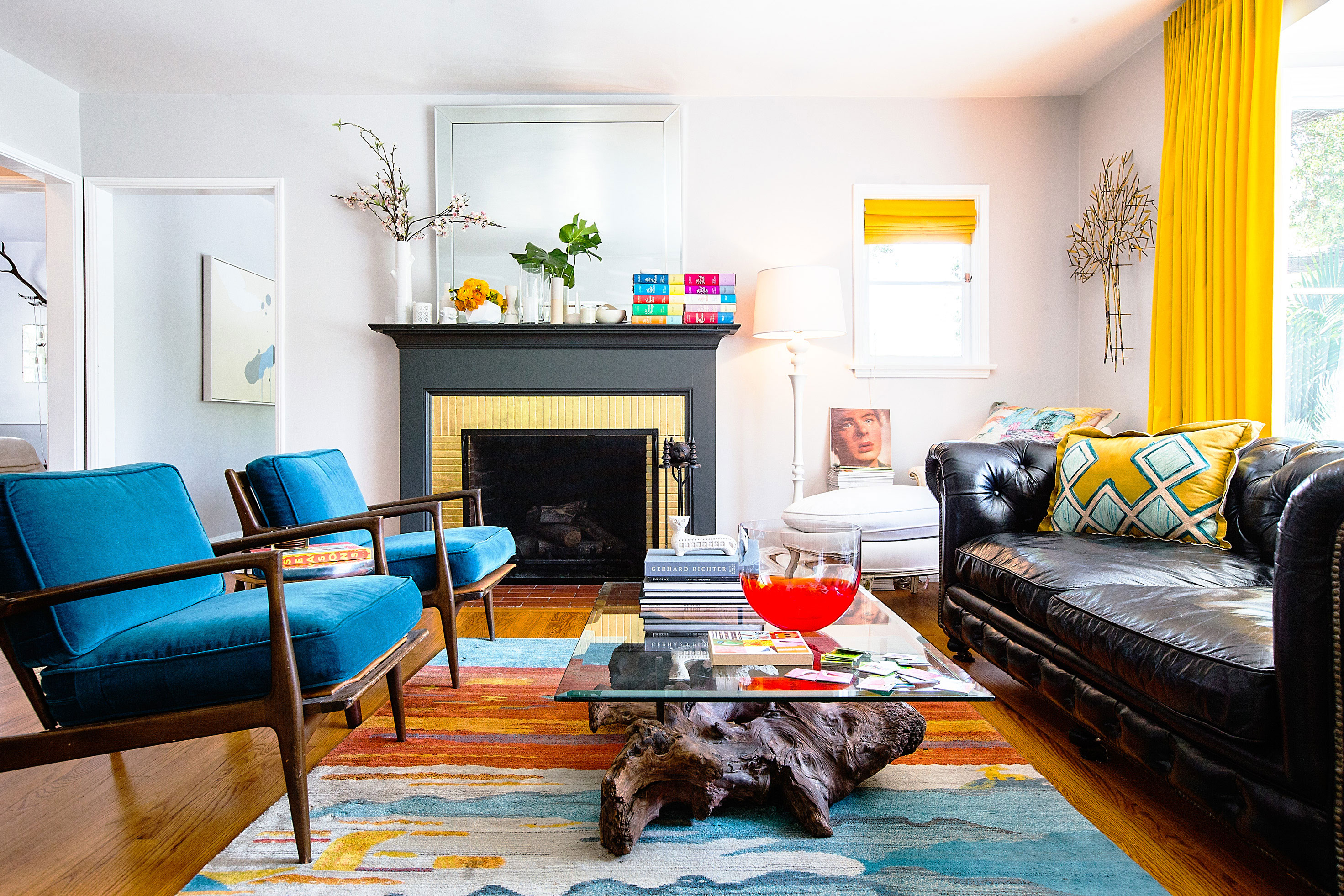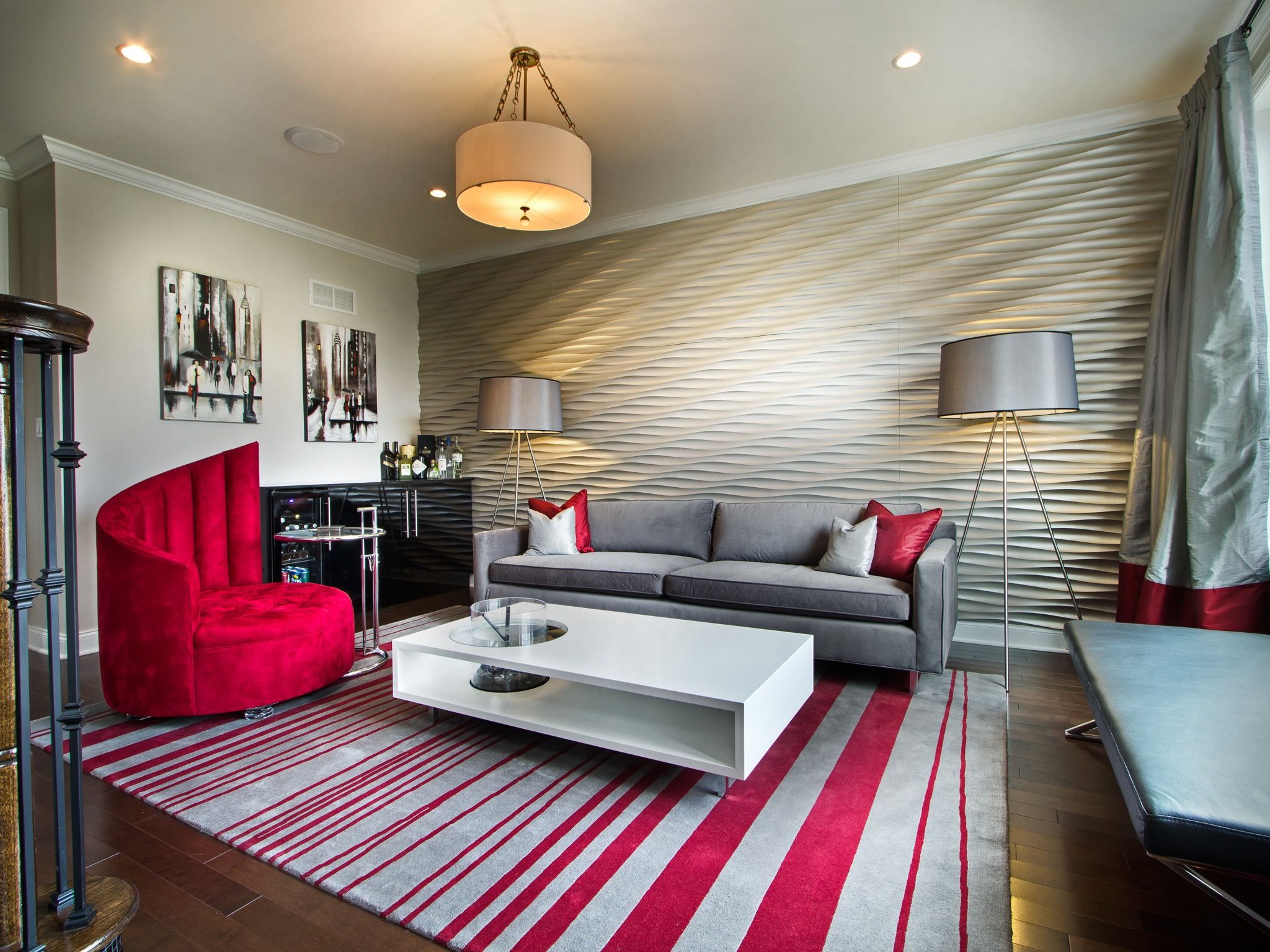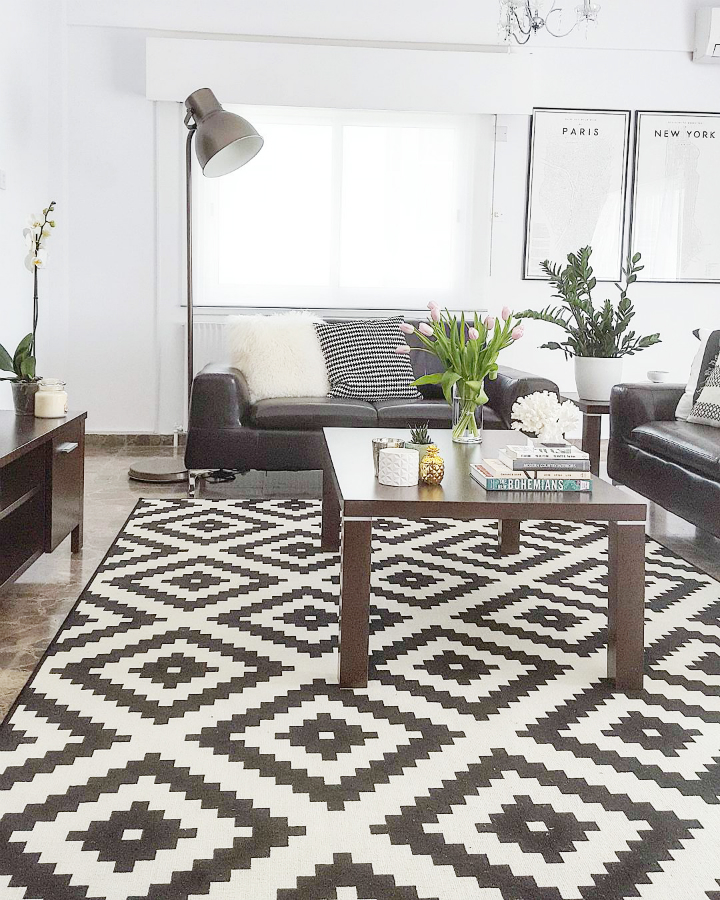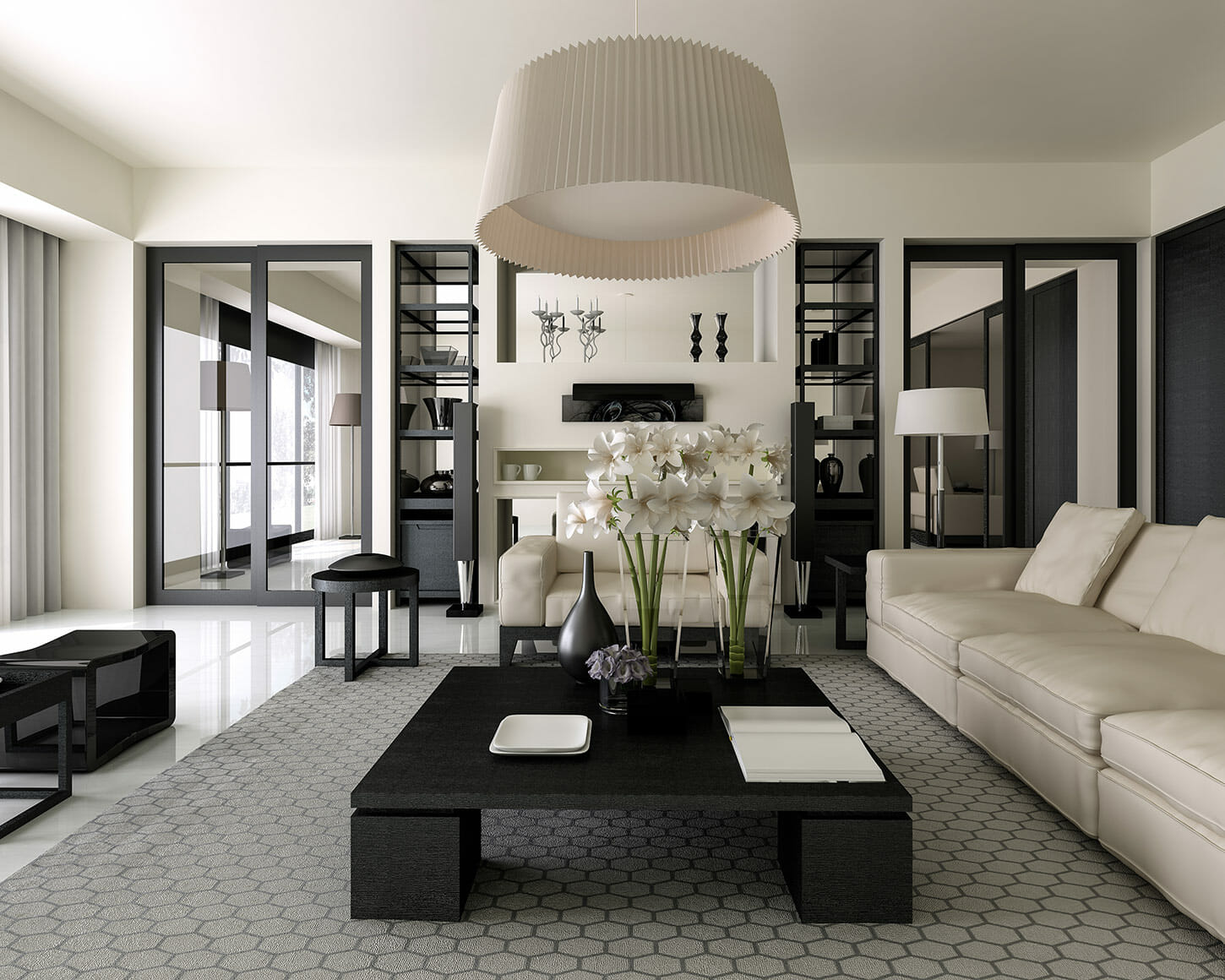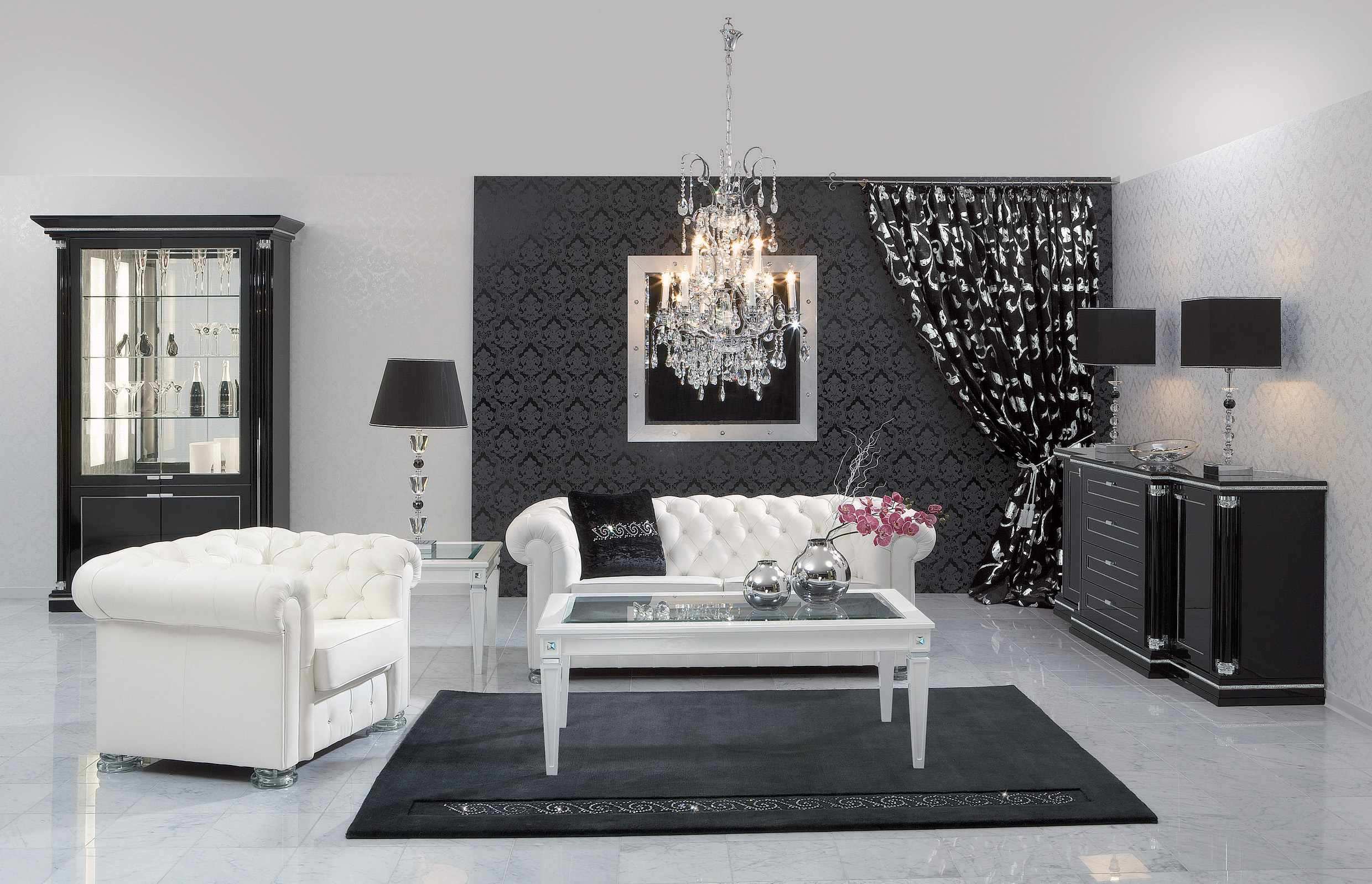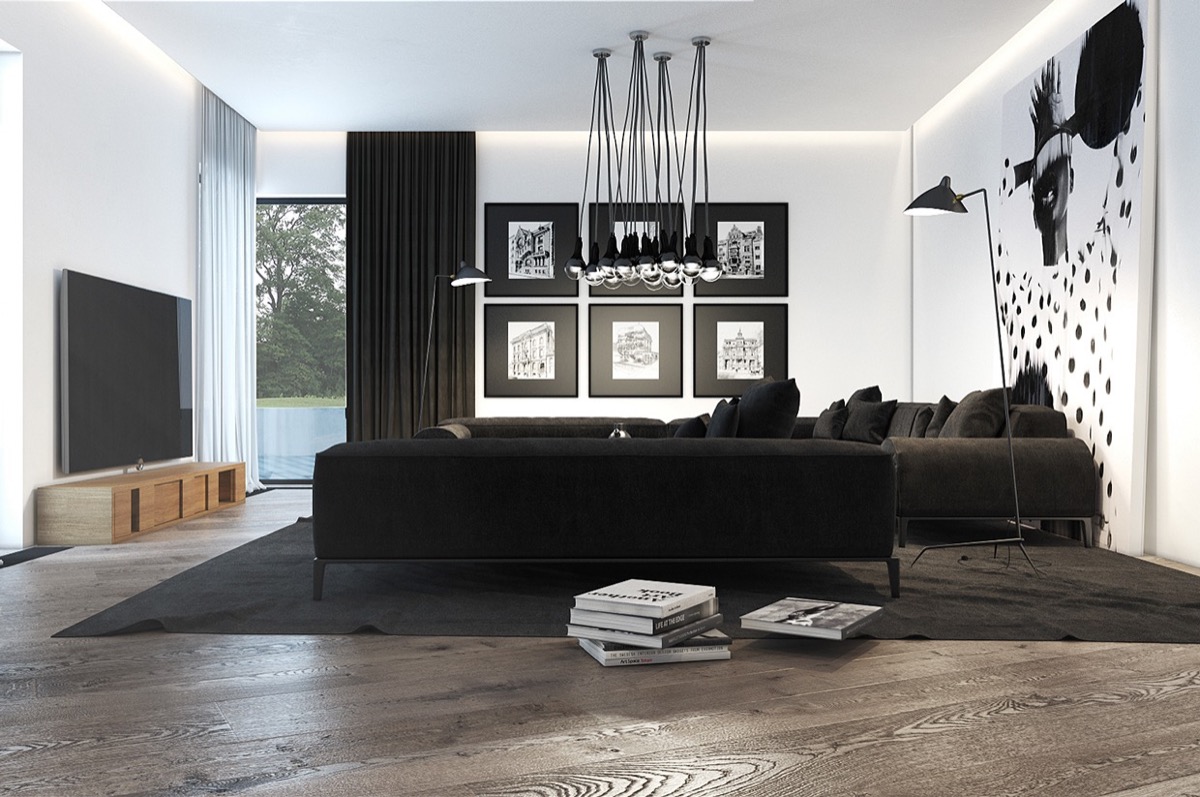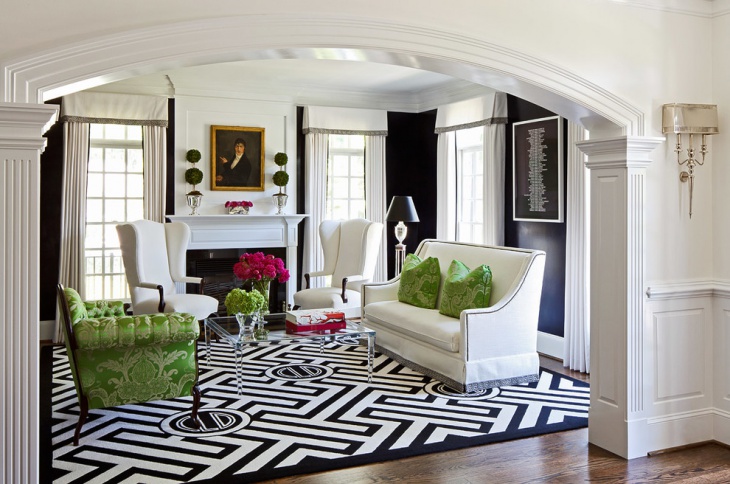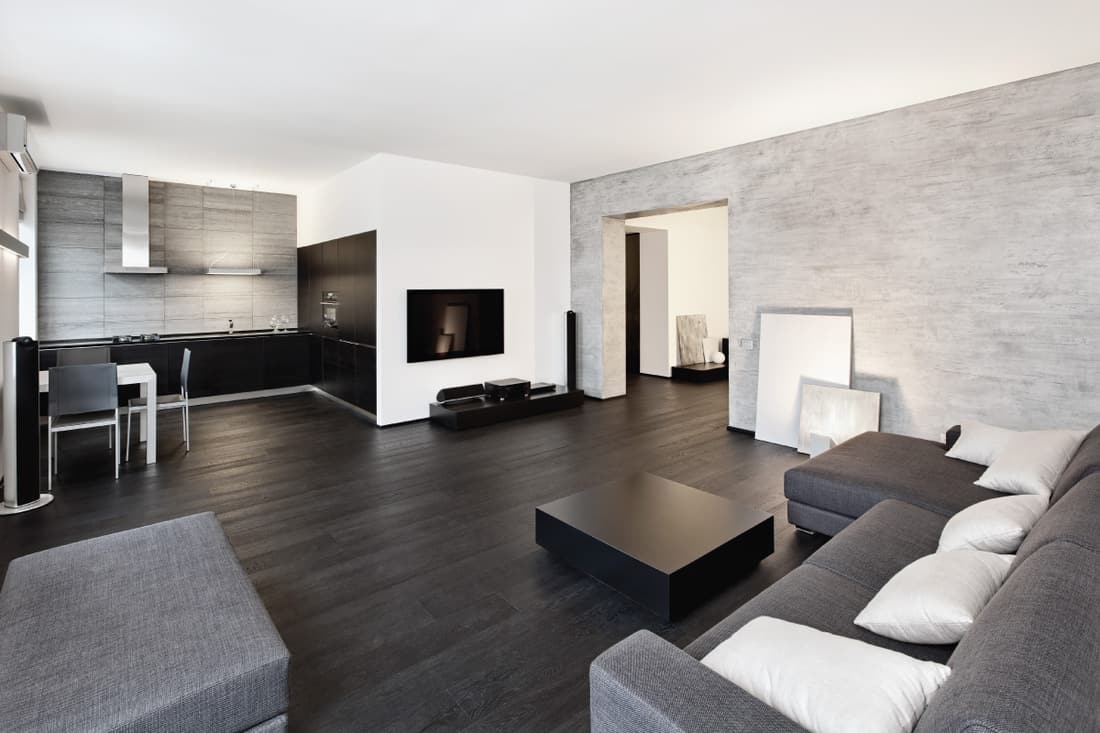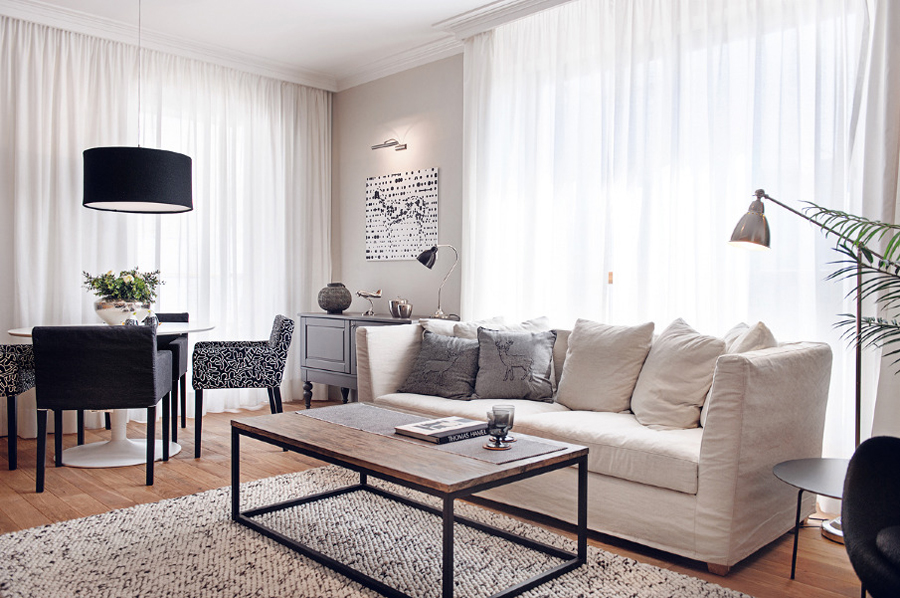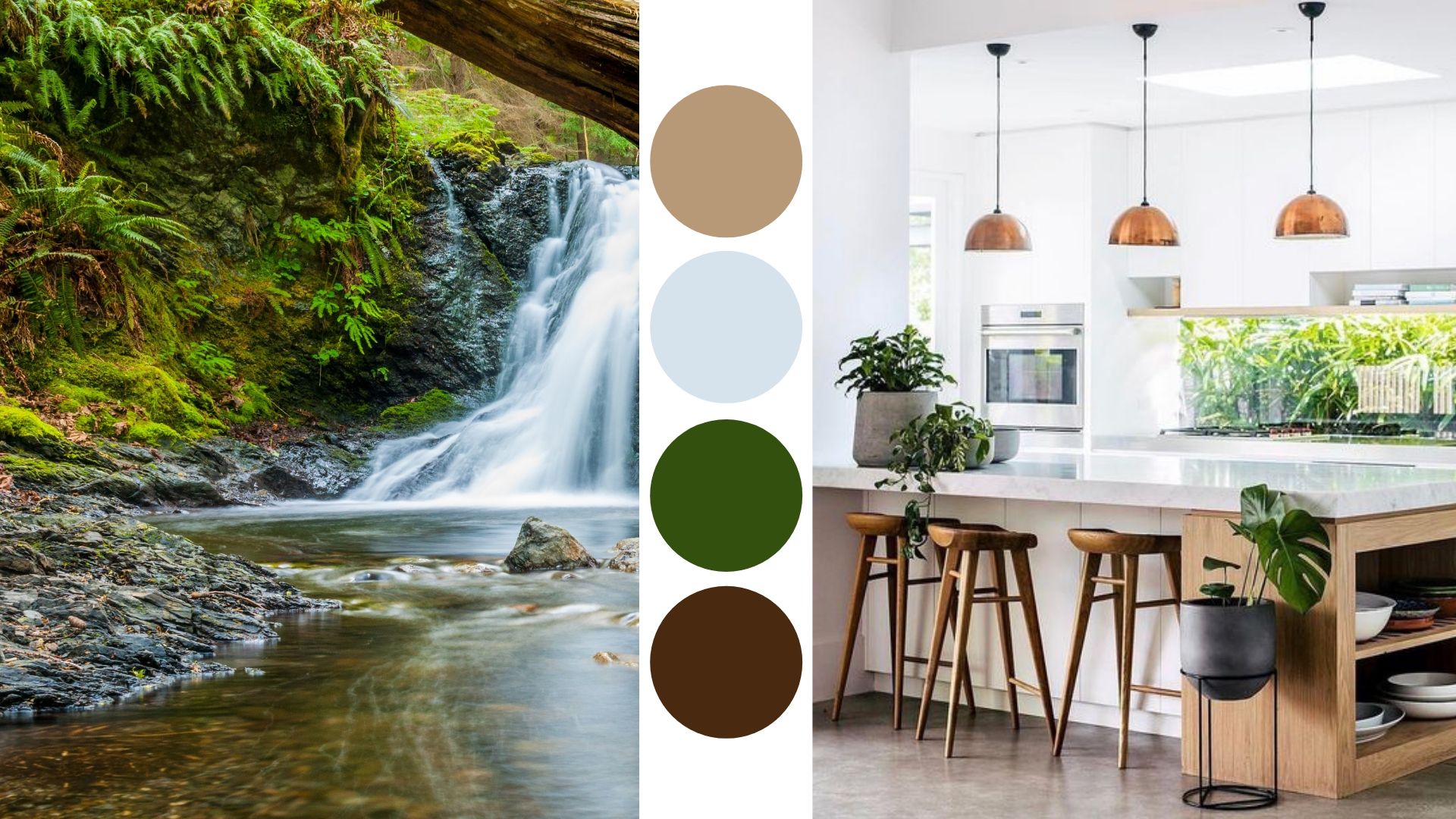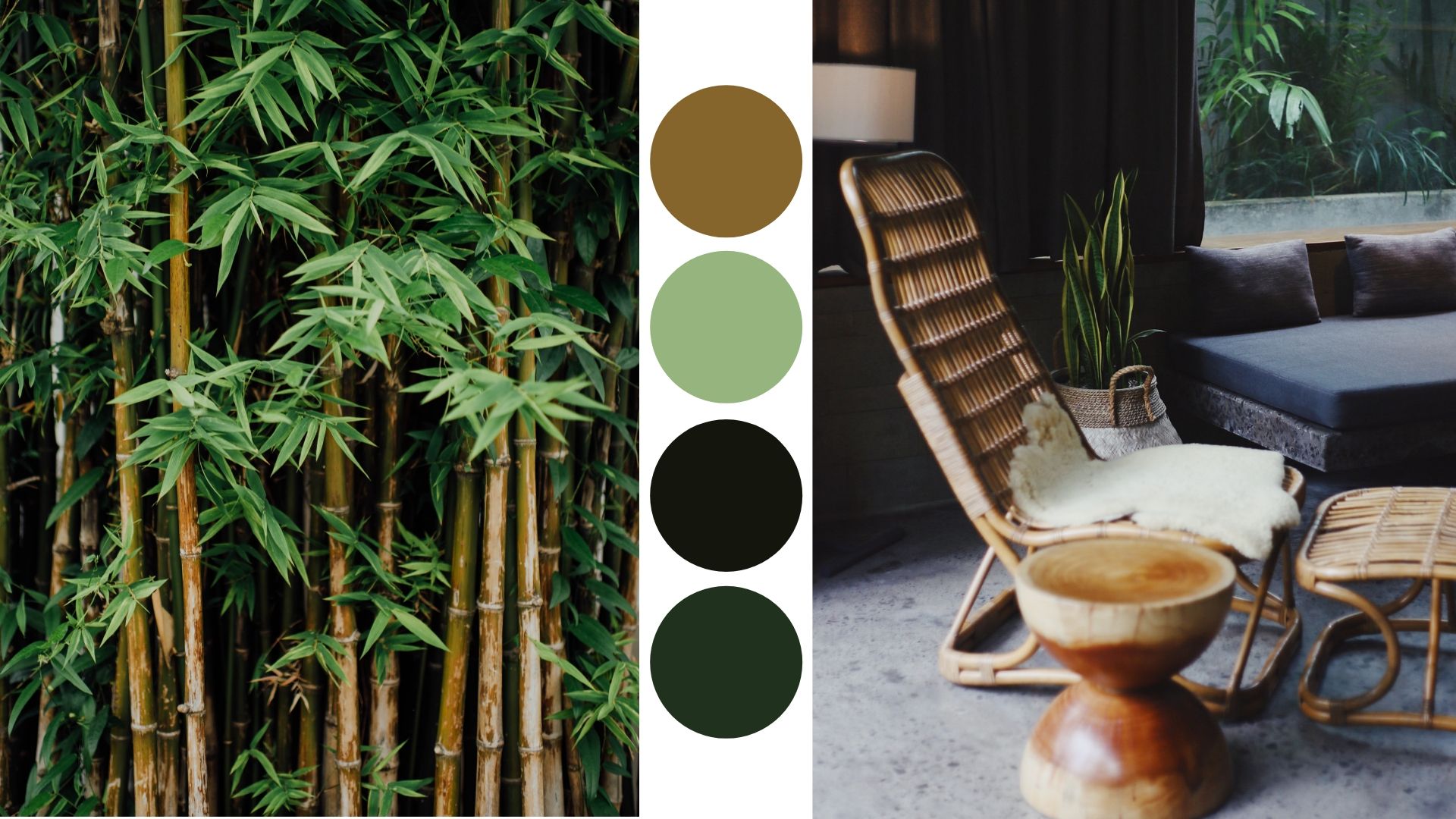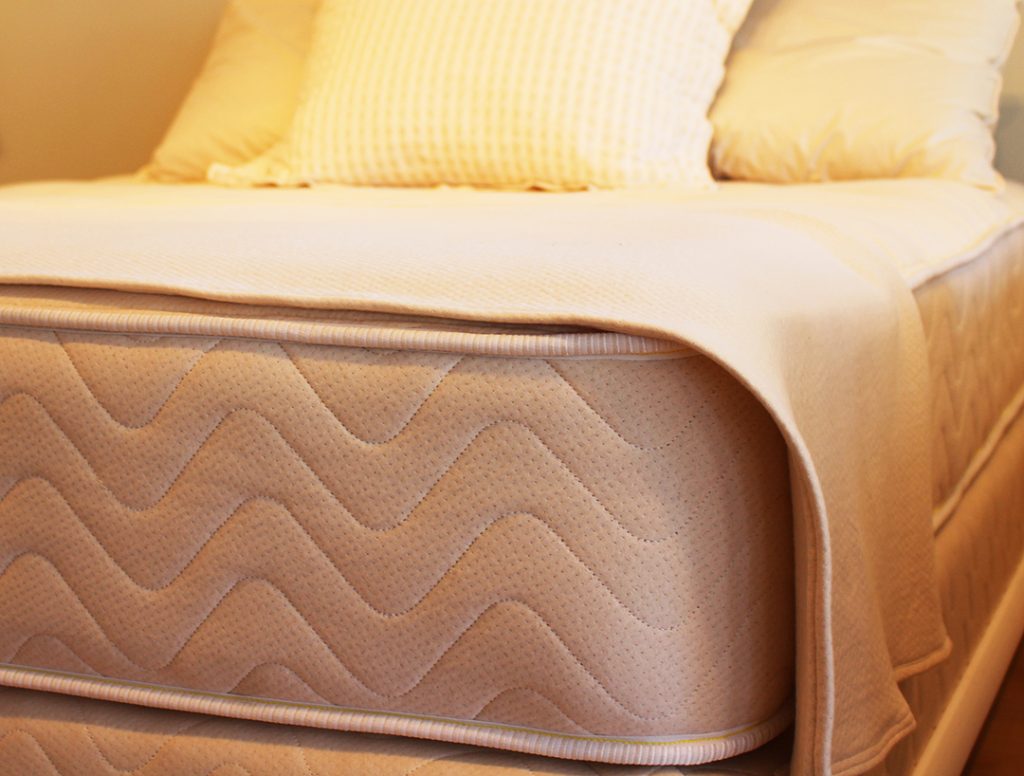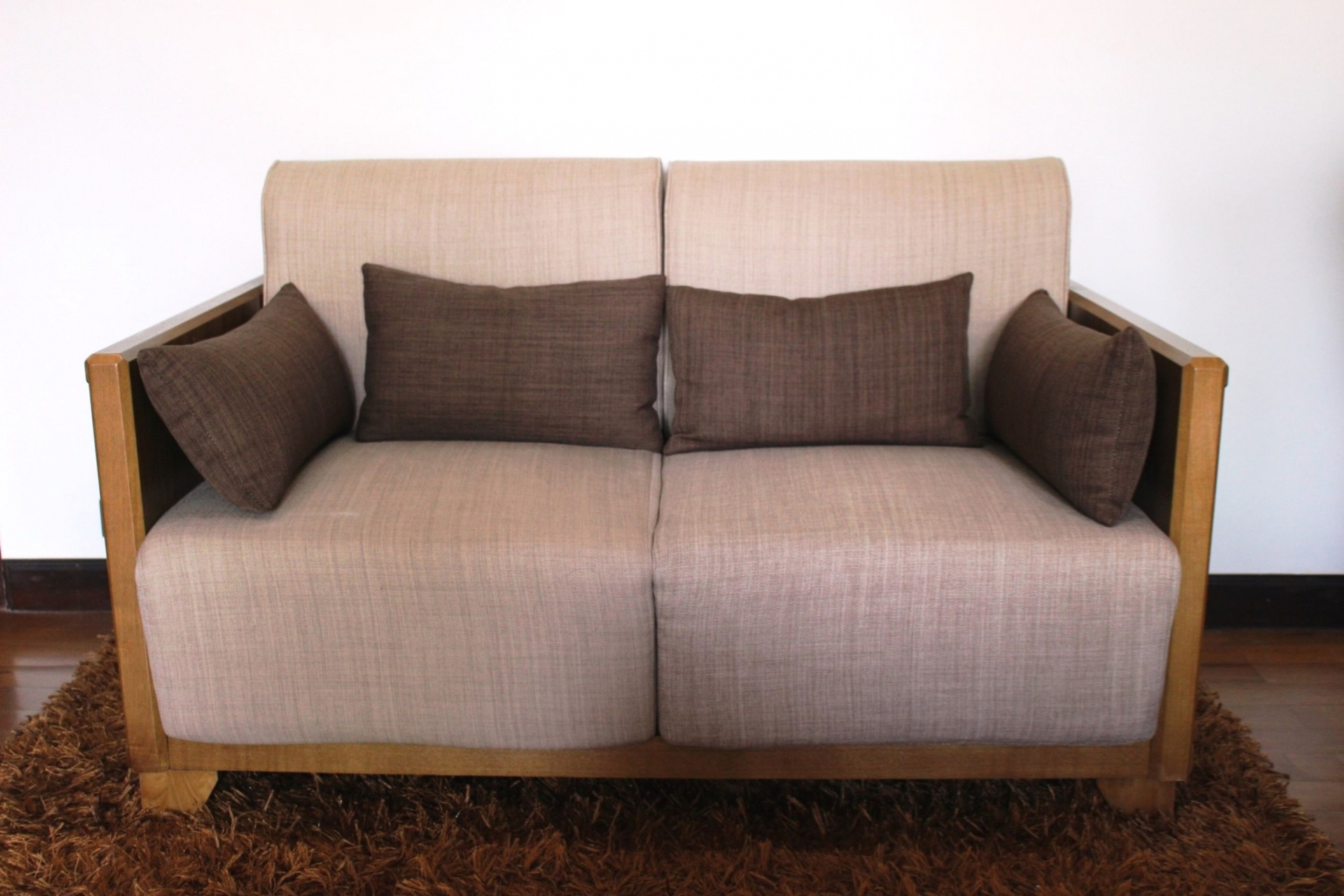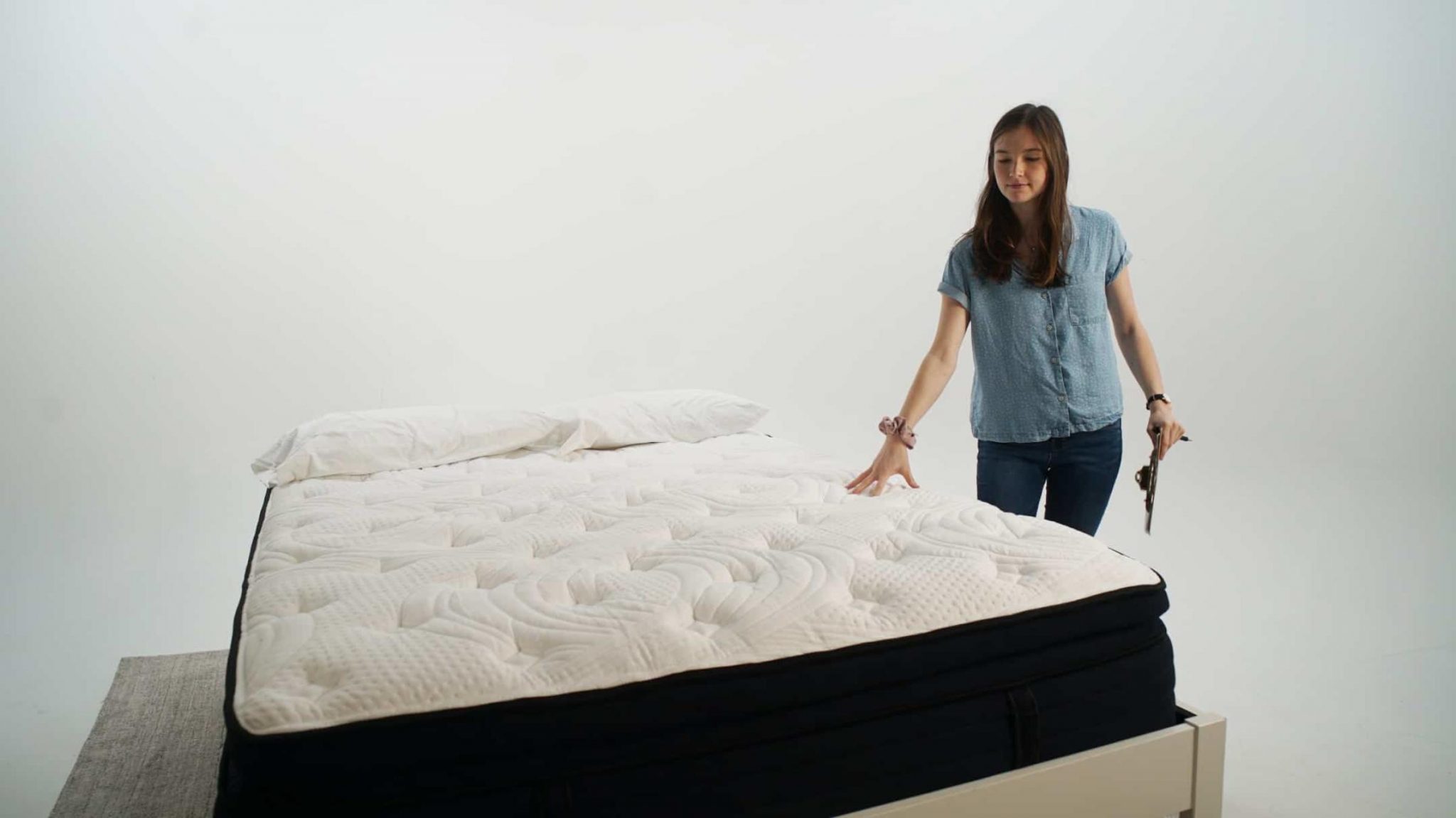The neutral color palette is a timeless and versatile choice for any living room. This color combination includes shades of white, beige, ivory, and gray. These colors create a calming and sophisticated atmosphere in the room, making it a perfect choice for those who prefer a minimalist and modern look. Neutral colors can be paired with almost any other color, making it easy to change up the look of your living room without having to repaint the walls. They also work well with different textures and patterns, creating a layered and inviting space.Neutral Color Palette
For those who want a warm and cozy atmosphere in their living room, opt for colors that exude warmth and comfort. This can include shades of warm browns, oranges, and yellows. These colors are perfect for creating a cozy and inviting space where you can relax and unwind. Pair warm colors with natural elements such as wood and stone to create a rustic feel in your living room. You can also add in some soft lighting to enhance the warm and cozy atmosphere.Warm and Cozy Living Room Colors
A monochromatic color scheme involves using different shades of the same color to create a cohesive and harmonious look. This color combination is perfect for those who want a subtle and elegant living room. For example, you can choose different shades of blue to create a calming and serene space. When using a monochromatic color scheme, make sure to incorporate different textures and patterns to add depth and interest to the room. This can include using different fabrics, rugs, and decorative accessories.Monochromatic Color Scheme
The complementary color combination involves using colors that are opposite each other on the color wheel. This creates a bold and striking look that can add a pop of color to your living room. For example, pairing shades of blue with orange or yellow. When using a complementary color combination, it is essential to balance out the colors to avoid overwhelming the room. You can do this by using one color as the dominant shade and the other as an accent color.Complementary Color Combination
The earth tone living room is perfect for those who want a cozy and natural atmosphere in their home. This color combination includes shades of brown, green, and beige, inspired by natural elements such as wood, plants, and stone. Earth tones create a warm and inviting feel in the living room, making it a great choice for family gatherings and entertaining guests. You can also add in some pops of color, such as deep reds or burnt oranges, to add some interest to the room.Earth Tone Living Room
A blue and grey living room is a classic and elegant color combination that works well in any home. These cool tones create a serene and calming atmosphere, perfect for relaxing after a long day. Blue and grey can be paired with white or cream to create a clean and modern look, or you can add in some pops of color, such as yellow or pink, to add some personality to the room.Blue and Grey Living Room
Pastel colors, such as light pink, lavender, and mint green, are perfect for creating a soft and feminine living room. This color combination is ideal for those who want a more delicate and whimsical atmosphere in their home. Pair pastel colors with white or light gray to create a bright and airy feel in the room. You can also add in some metallic accents, such as gold or silver, to add a touch of glamour to the space.Pastel Color Scheme
If you want to make a statement with your living room, opt for bold and bright colors. This can include shades of red, orange, and yellow, which can create a lively and energetic atmosphere in the room. Bright colors work well in modern and eclectic spaces, but be careful not to overdo it. You can balance out the bold colors with neutral shades or use them as accent colors to create a more cohesive look.Bold and Bright Living Room Colors
A black and white living room is a timeless and sophisticated color combination that will never go out of style. These classic colors create a sleek and modern look, perfect for those who prefer a more minimalistic design. Black and white can be paired with different textures and patterns to add some interest to the room. You can also add in pops of color, such as red or yellow, to create a bold and dramatic look.Black and White Living Room
The rustic color palette is perfect for creating a cozy and inviting living room with a touch of farmhouse charm. This color combination includes shades of brown, cream, and green, inspired by natural elements such as wood and plants. Rustic colors work well in traditional and country-style homes, but can also add warmth and character to modern spaces. You can also incorporate different textures, such as distressed wood and woven fabrics, to enhance the rustic feel of the room.Rustic Color Palette
The Importance of Choosing the Right Color Combination for Your Living Room

Creating a Harmonious and Inviting Space for Your Home
 When it comes to designing your living room, one of the most important aspects to consider is the color combination. The colors you choose can greatly impact the overall look and feel of the room, and can even affect your mood and emotions. It is essential to choose a color scheme that not only reflects your personal style, but also creates a harmonious and inviting space for you and your family.
Color Psychology
plays a significant role in interior design. Different colors evoke different emotions, and it is important to understand the psychology behind each color before making your decision. For example,
blue
is known to create a calming and serene atmosphere, while
yellow
can bring a sense of joy and energy.
Green
is associated with nature and can bring a sense of freshness and balance to a room, while
red
is often used to add warmth and passion.
When it comes to designing your living room, one of the most important aspects to consider is the color combination. The colors you choose can greatly impact the overall look and feel of the room, and can even affect your mood and emotions. It is essential to choose a color scheme that not only reflects your personal style, but also creates a harmonious and inviting space for you and your family.
Color Psychology
plays a significant role in interior design. Different colors evoke different emotions, and it is important to understand the psychology behind each color before making your decision. For example,
blue
is known to create a calming and serene atmosphere, while
yellow
can bring a sense of joy and energy.
Green
is associated with nature and can bring a sense of freshness and balance to a room, while
red
is often used to add warmth and passion.
Choosing the Right Color Combination
 The key to creating a successful color combination for your living room is to choose colors that complement each other. This can be achieved by using the
color wheel
, which shows how different colors interact with each other. Complementary colors, which are located opposite each other on the color wheel, create a bold and eye-catching contrast. Analogous colors, which are next to each other on the wheel, create a more harmonious and cohesive look.
Neutral colors
, such as white, gray, and beige, can also be used as a base to balance out bolder colors.
The key to creating a successful color combination for your living room is to choose colors that complement each other. This can be achieved by using the
color wheel
, which shows how different colors interact with each other. Complementary colors, which are located opposite each other on the color wheel, create a bold and eye-catching contrast. Analogous colors, which are next to each other on the wheel, create a more harmonious and cohesive look.
Neutral colors
, such as white, gray, and beige, can also be used as a base to balance out bolder colors.
Bringing it All Together
:max_bytes(150000):strip_icc()/Litchfield_BeresfordHill_025-5b89787fc9e77c00258aa53c.jpg) Once you have chosen your color combination, it is important to apply it in the right proportions throughout the room. The 60-30-10 rule is a popular guideline used in interior design, where 60% of the room is dominated by the main color, 30% by the secondary color, and 10% by the accent color. This ensures a well-balanced and visually appealing space.
In addition to the walls,
furniture and decor
also play a significant role in the overall color scheme of your living room. It is important to consider how your chosen colors will work with your furniture and decor pieces. For example, if you have a bold-colored sofa, you may want to choose more neutral colors for the walls and accents.
In conclusion, the right color combination can make all the difference in creating a beautiful and inviting living room. By understanding color psychology, using the color wheel, and applying the 60-30-10 rule, you can create a harmonious and visually appealing space that reflects your personal style and brings joy to your home. So take your time and choose your colors wisely, because a well-designed living room is a true reflection of a happy and well-lived life.
HTML Code:
Once you have chosen your color combination, it is important to apply it in the right proportions throughout the room. The 60-30-10 rule is a popular guideline used in interior design, where 60% of the room is dominated by the main color, 30% by the secondary color, and 10% by the accent color. This ensures a well-balanced and visually appealing space.
In addition to the walls,
furniture and decor
also play a significant role in the overall color scheme of your living room. It is important to consider how your chosen colors will work with your furniture and decor pieces. For example, if you have a bold-colored sofa, you may want to choose more neutral colors for the walls and accents.
In conclusion, the right color combination can make all the difference in creating a beautiful and inviting living room. By understanding color psychology, using the color wheel, and applying the 60-30-10 rule, you can create a harmonious and visually appealing space that reflects your personal style and brings joy to your home. So take your time and choose your colors wisely, because a well-designed living room is a true reflection of a happy and well-lived life.
HTML Code:
The Importance of Choosing the Right Color Combination for Your Living Room

Creating a Harmonious and Inviting Space for Your Home

When it comes to designing your living room, one of the most important aspects to consider is the color combination. The colors you choose can greatly impact the overall look and feel of the room, and can even affect your mood and emotions. It is essential to choose a color scheme that not only reflects your personal style, but also creates a harmonious and inviting space for you and your family.
Color Psychology plays a significant role in interior design. Different colors evoke different emotions, and it is important to understand the psychology behind each color before making your decision. For example, blue is known to create a calming and serene atmosphere, while yellow can bring a sense of joy and energy. Green is associated with nature and can bring a sense of freshness and balance to a room, while red is often used to add warmth and passion.
Choosing the Right Color Combination

The key to creating a successful color combination for your living room is to choose colors that complement each other. This can be achieved by using the color wheel , which shows how different colors interact with each other. Complementary colors, which are located opposite each other on the color wheel, create a bold and eye-catching contrast. Analogous colors, which are next to each other on the wheel, create a more harmonious and cohesive look. Neutral colors , such as white, gray, and beige, can also be used as a base to balance out b


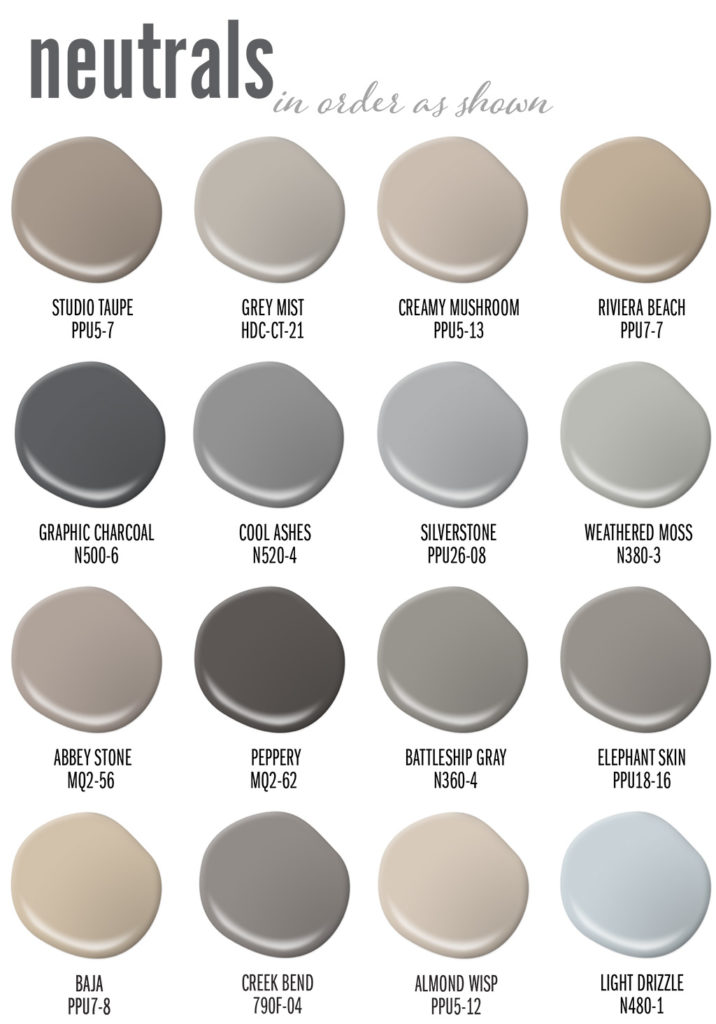



:max_bytes(150000):strip_icc()/MyDomaine_ColorPalette-Neutral-1-fe9a91dcf8814904a630a0d928216bcd.jpg)
/MyDomaine_ColorPalette-Neutral-2-3590678b1c9143e28dd6b536f0a1e008.jpg)






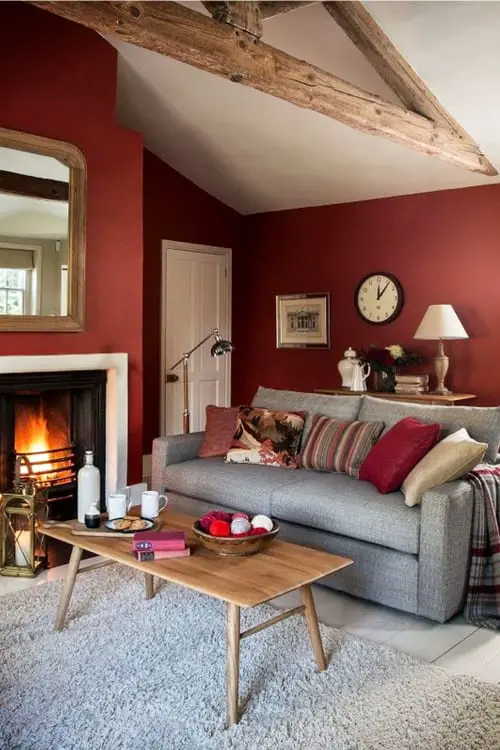
:max_bytes(150000):strip_icc()/Warm-and-cozy-living-room-Amy-Youngblood-589f82173df78c47587b80b6.png)

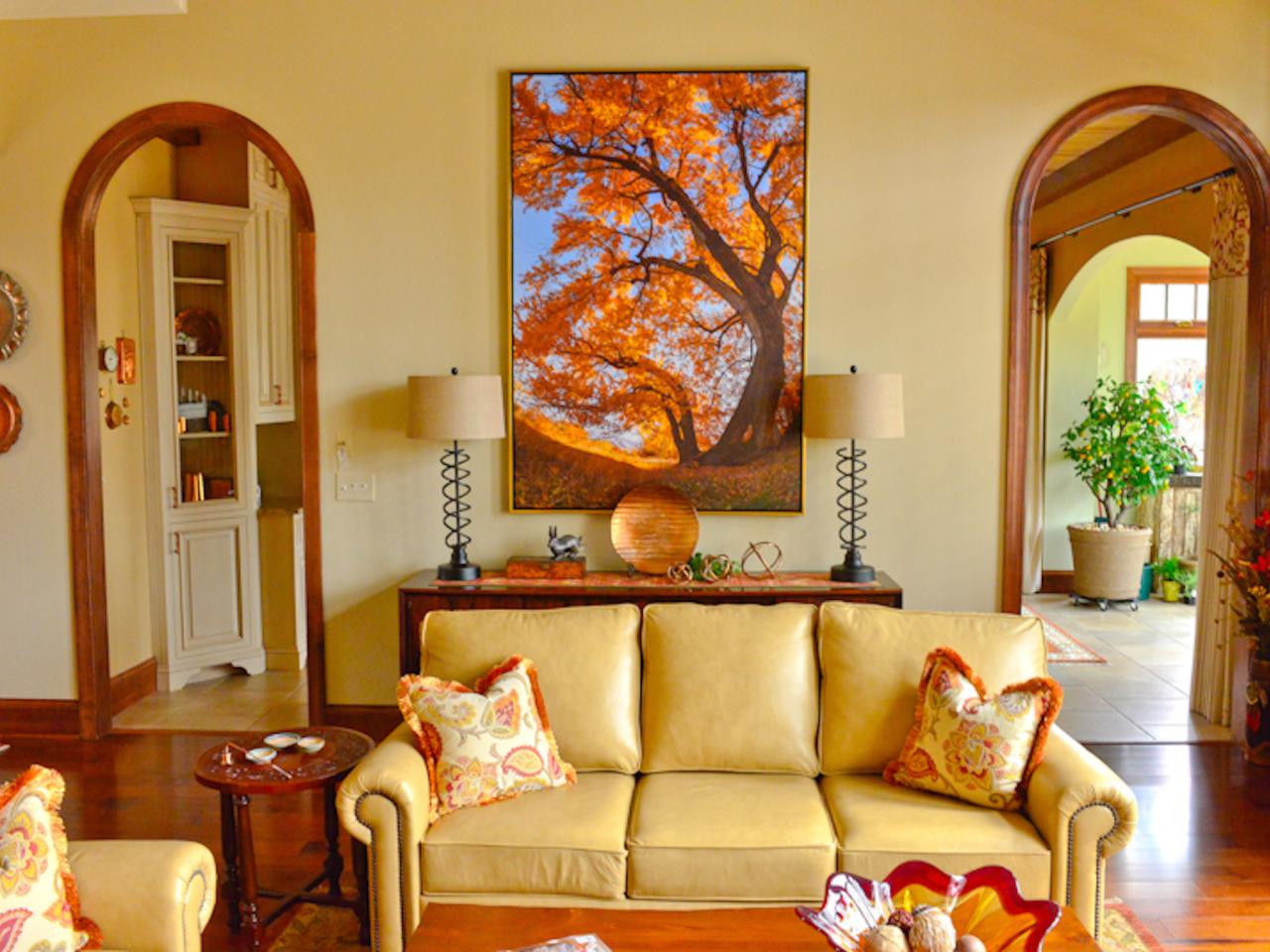


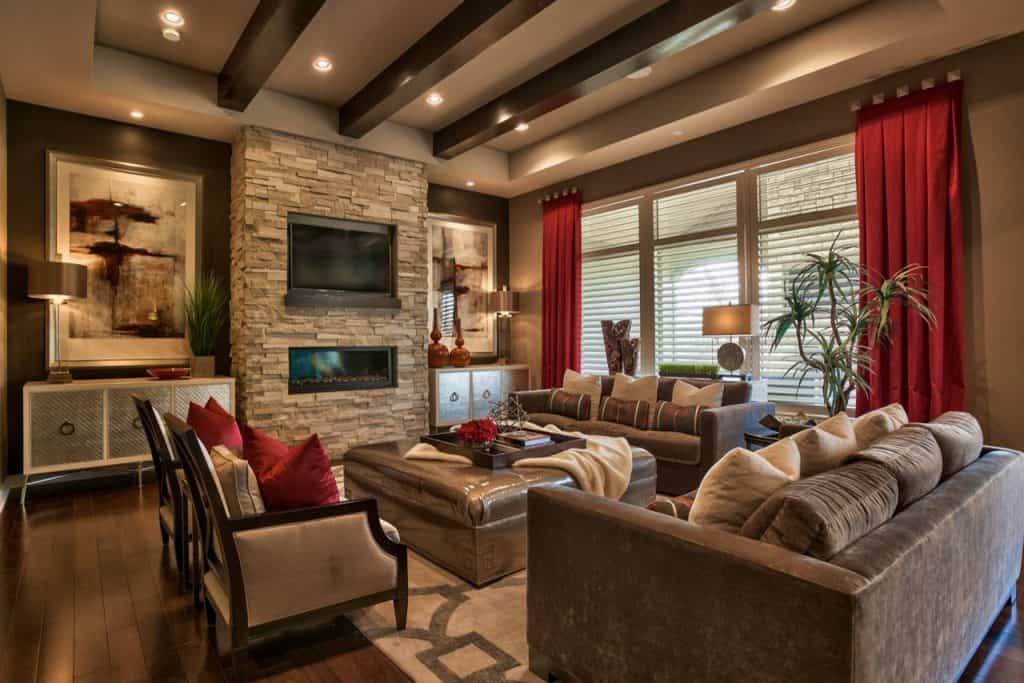









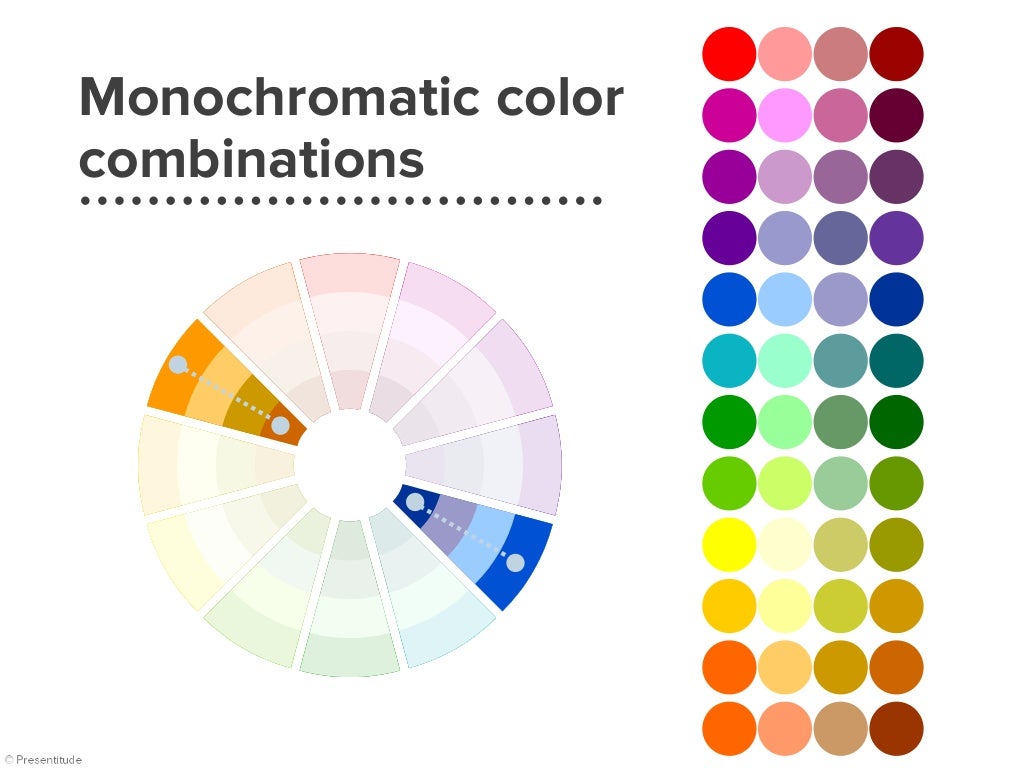

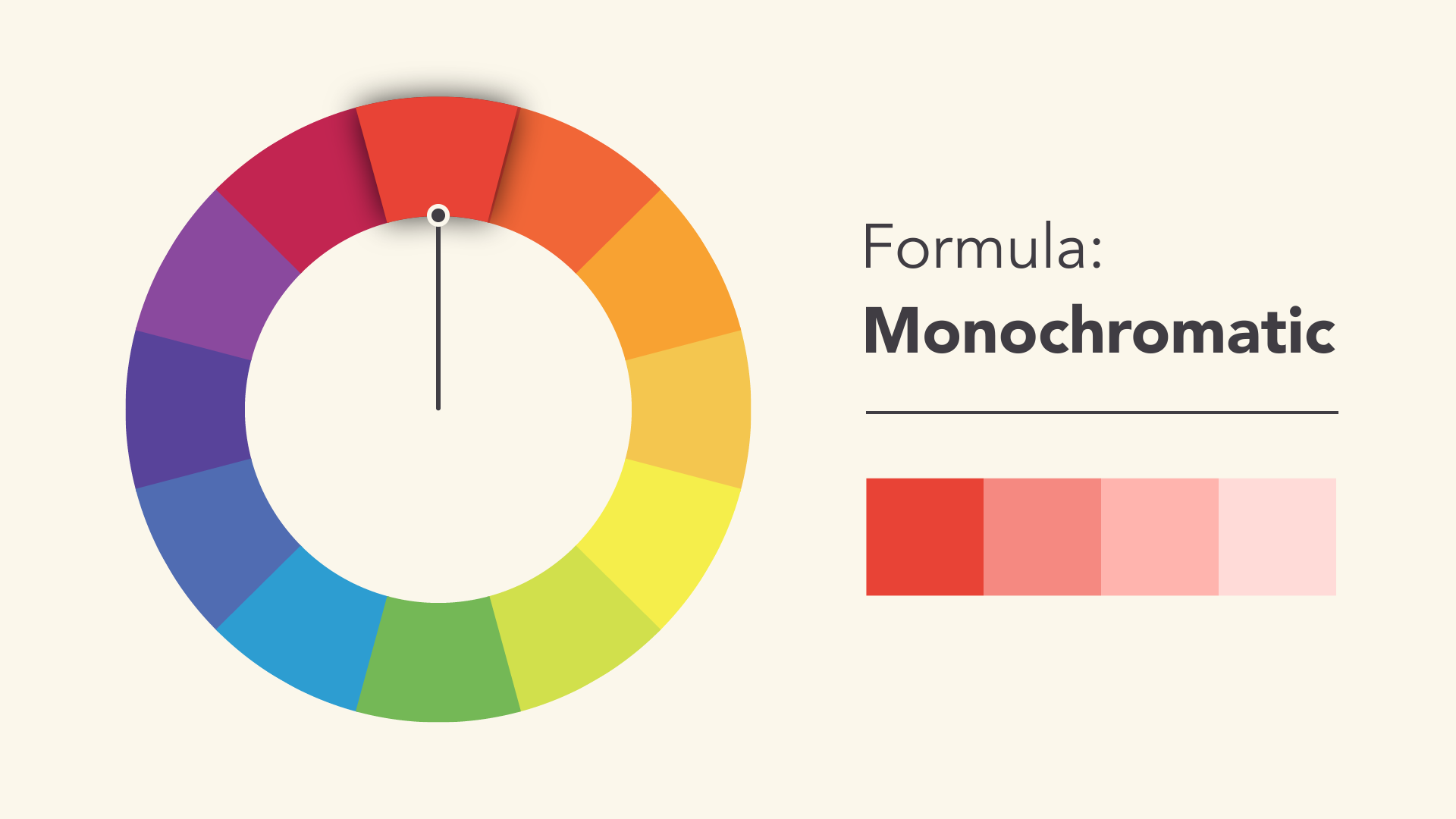

:max_bytes(150000):strip_icc()/Lista_complementarios-56a6e6cb3df78cf77290d98b.png)


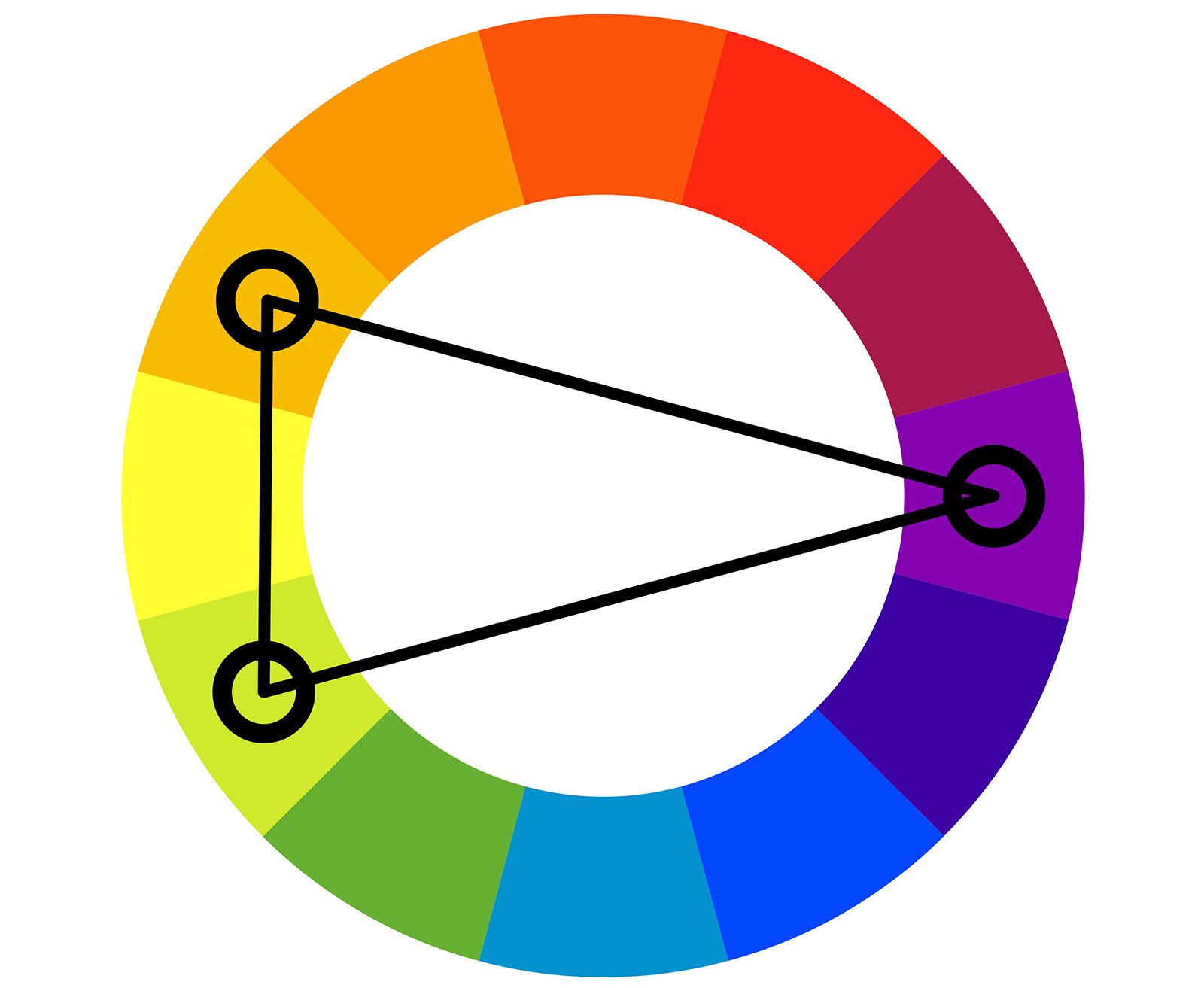
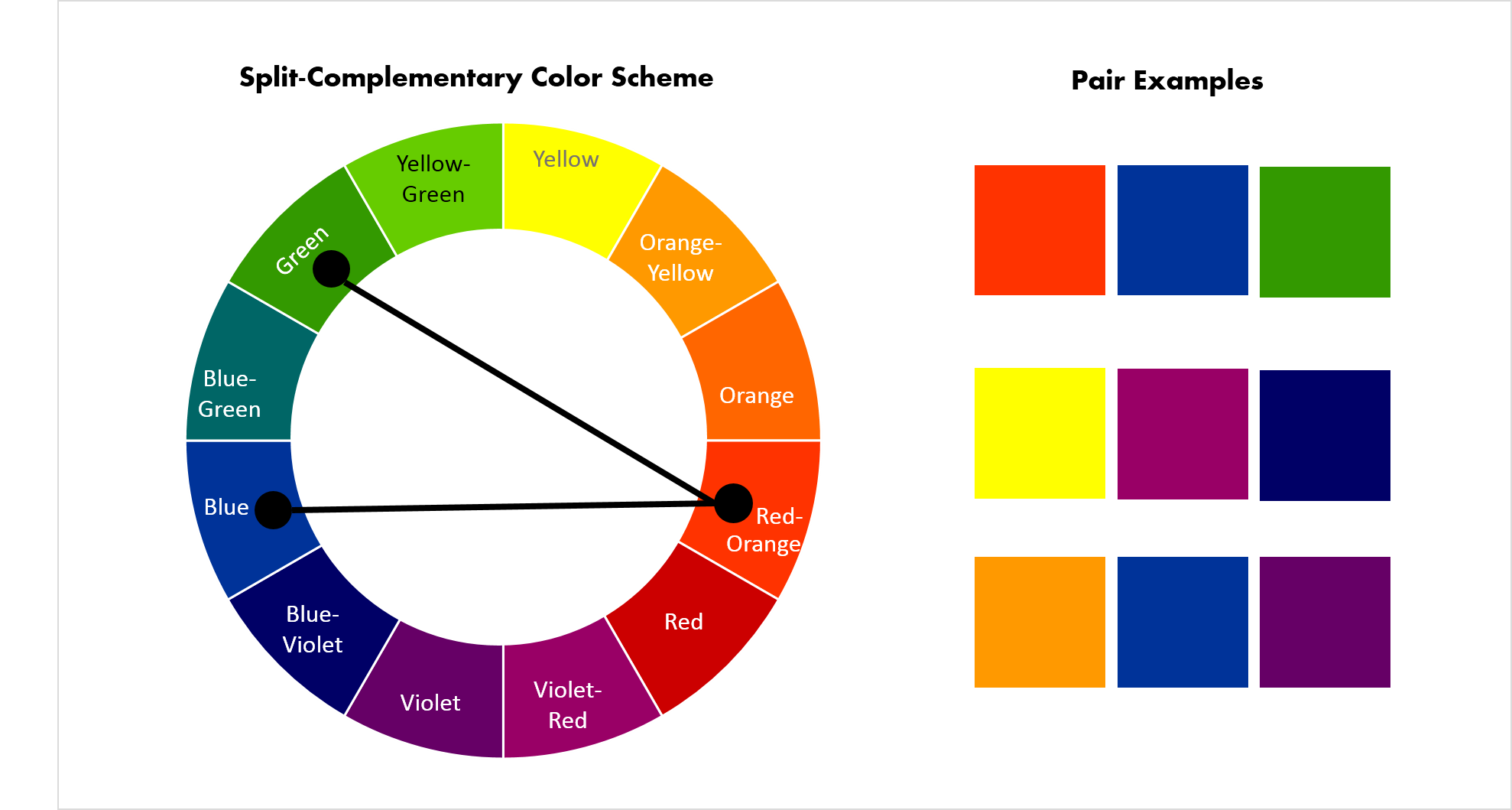

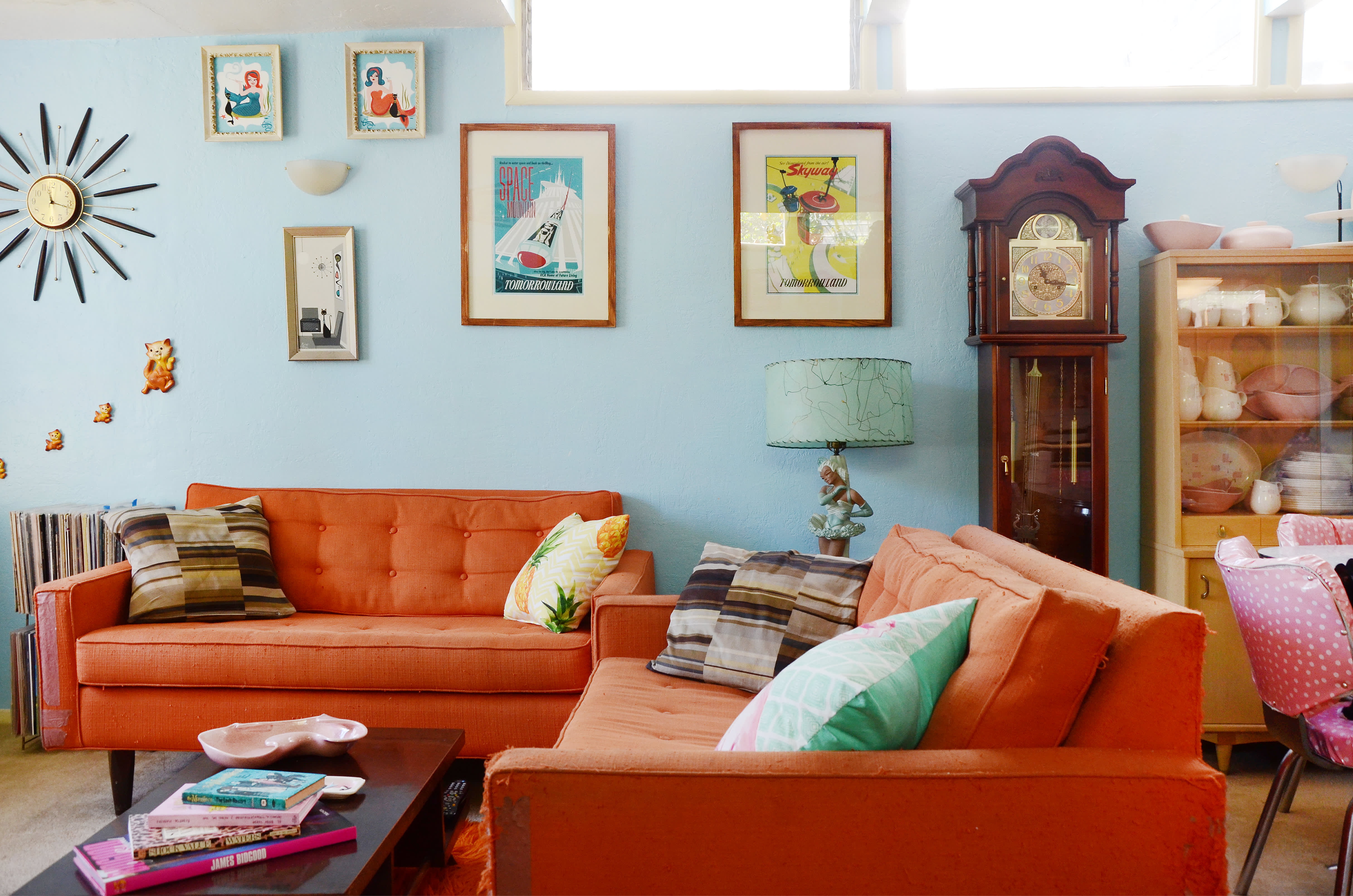
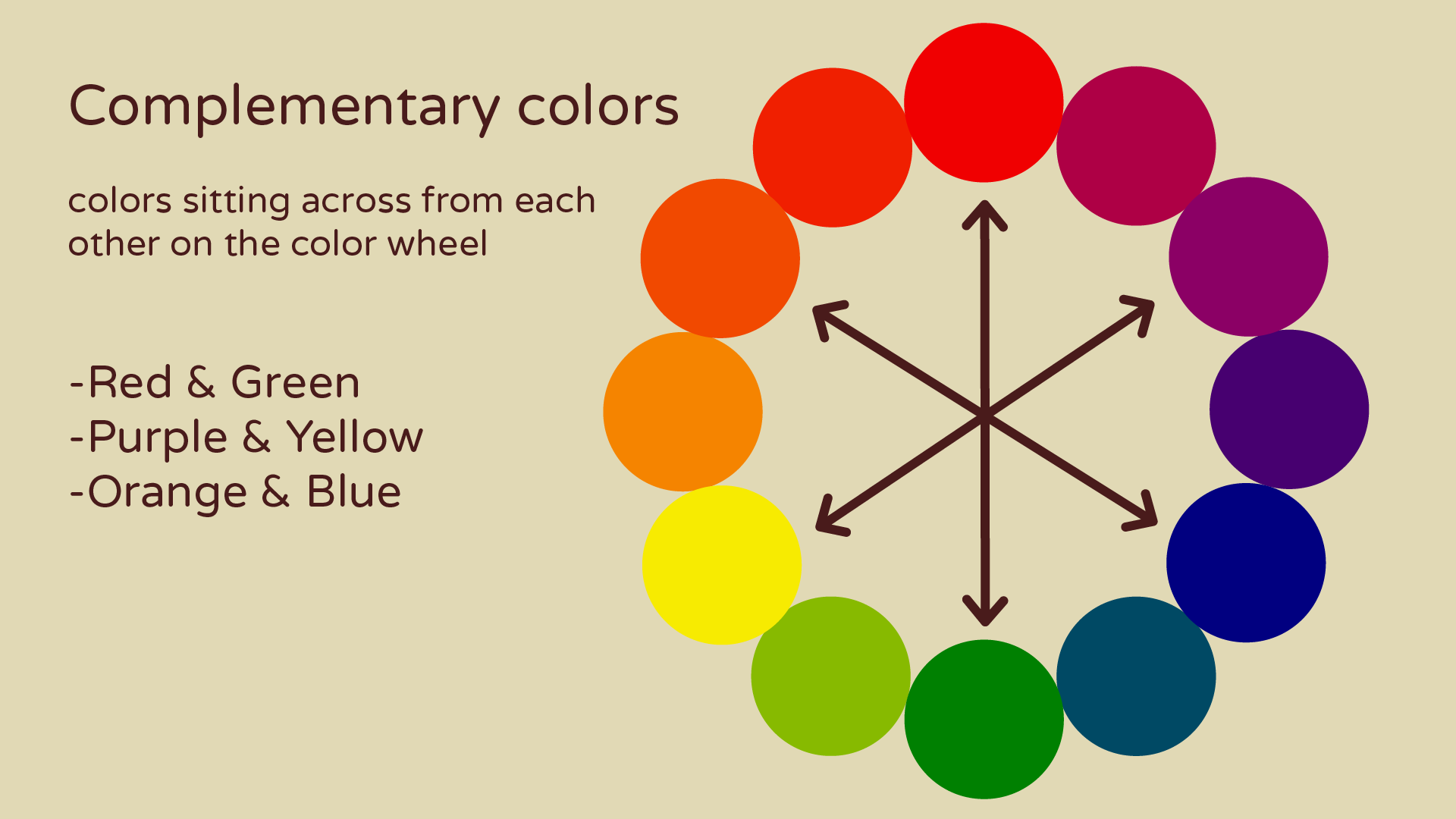
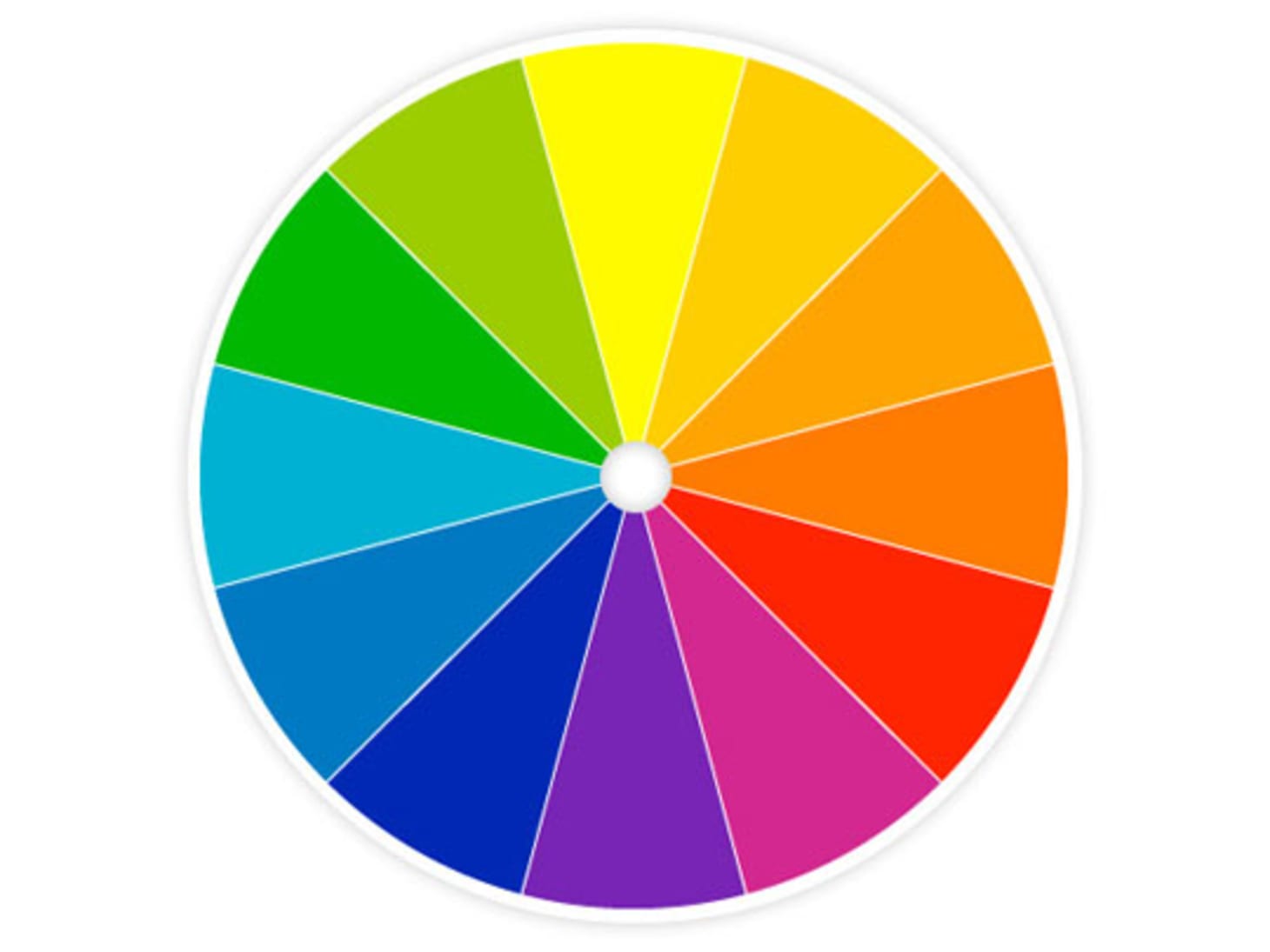
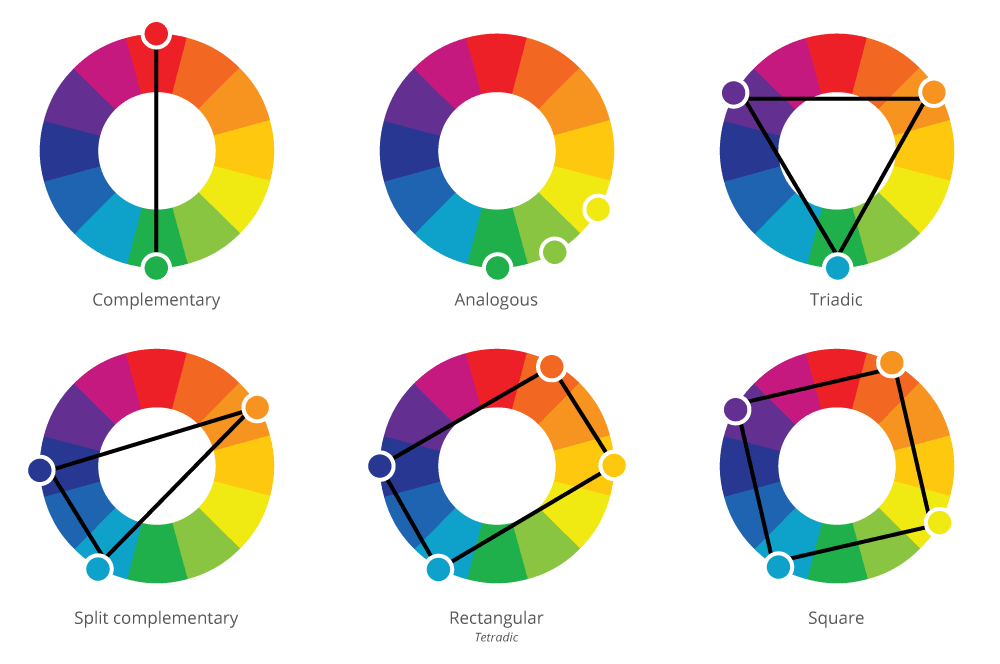
/MyDomaine_ColorPalette-Complimentary-3-35f755fe096f48aebeaddebc64f61ed8.jpg)
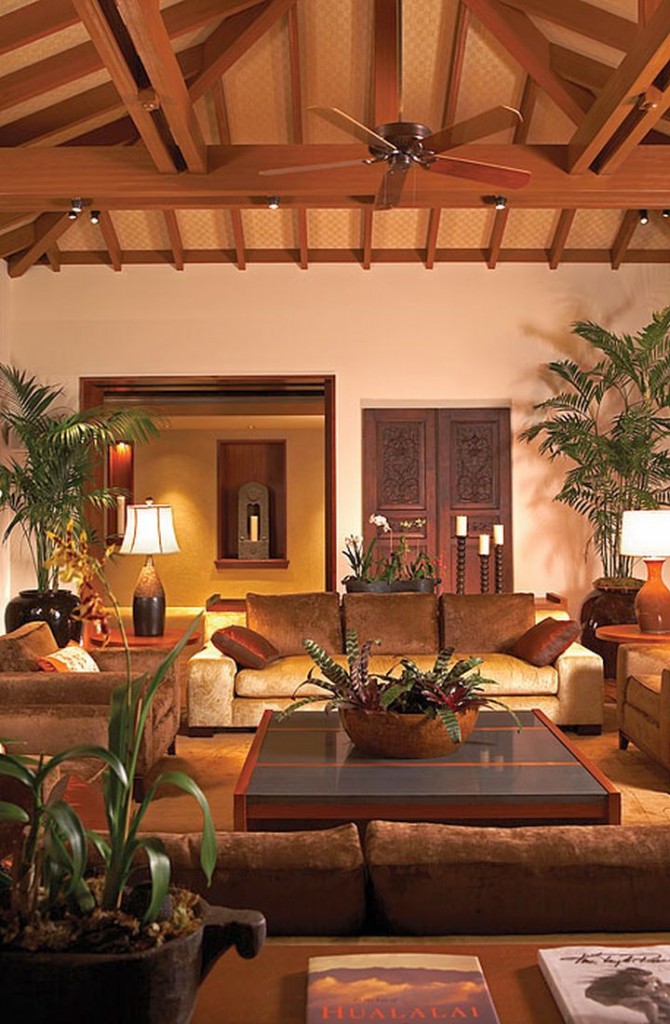



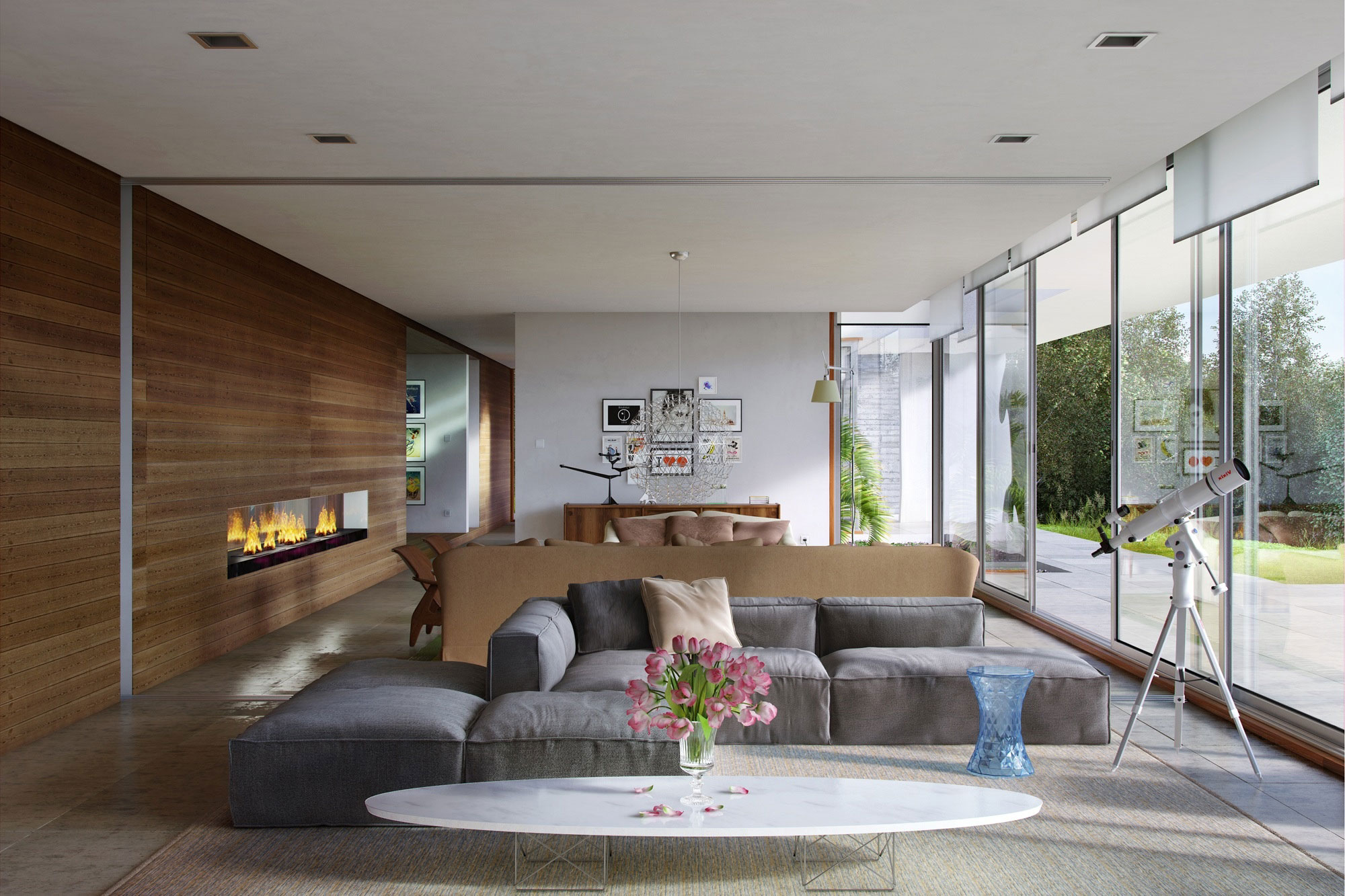

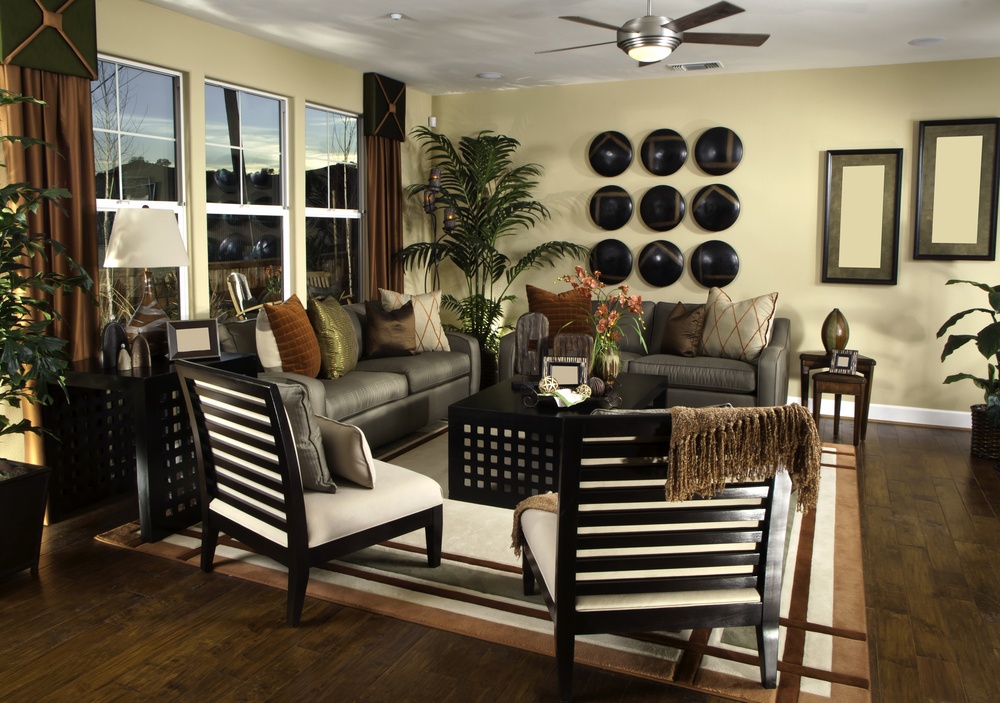

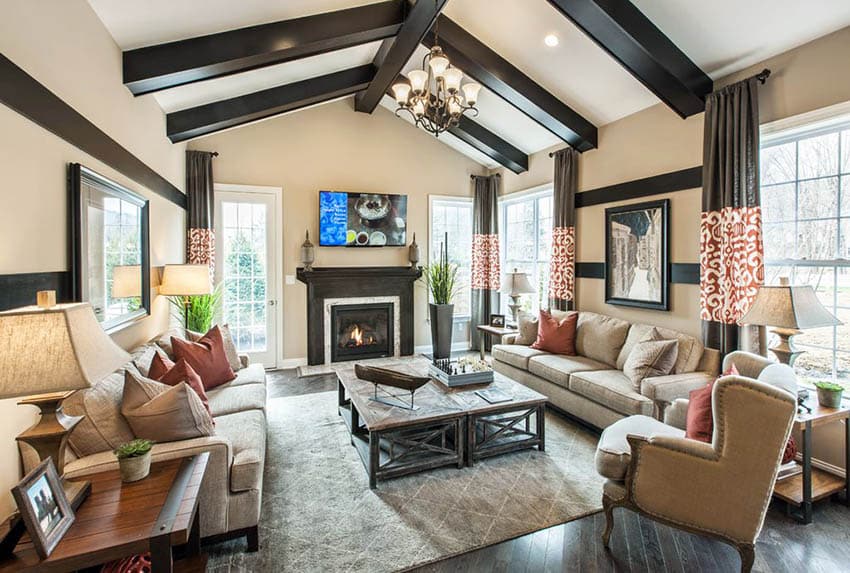




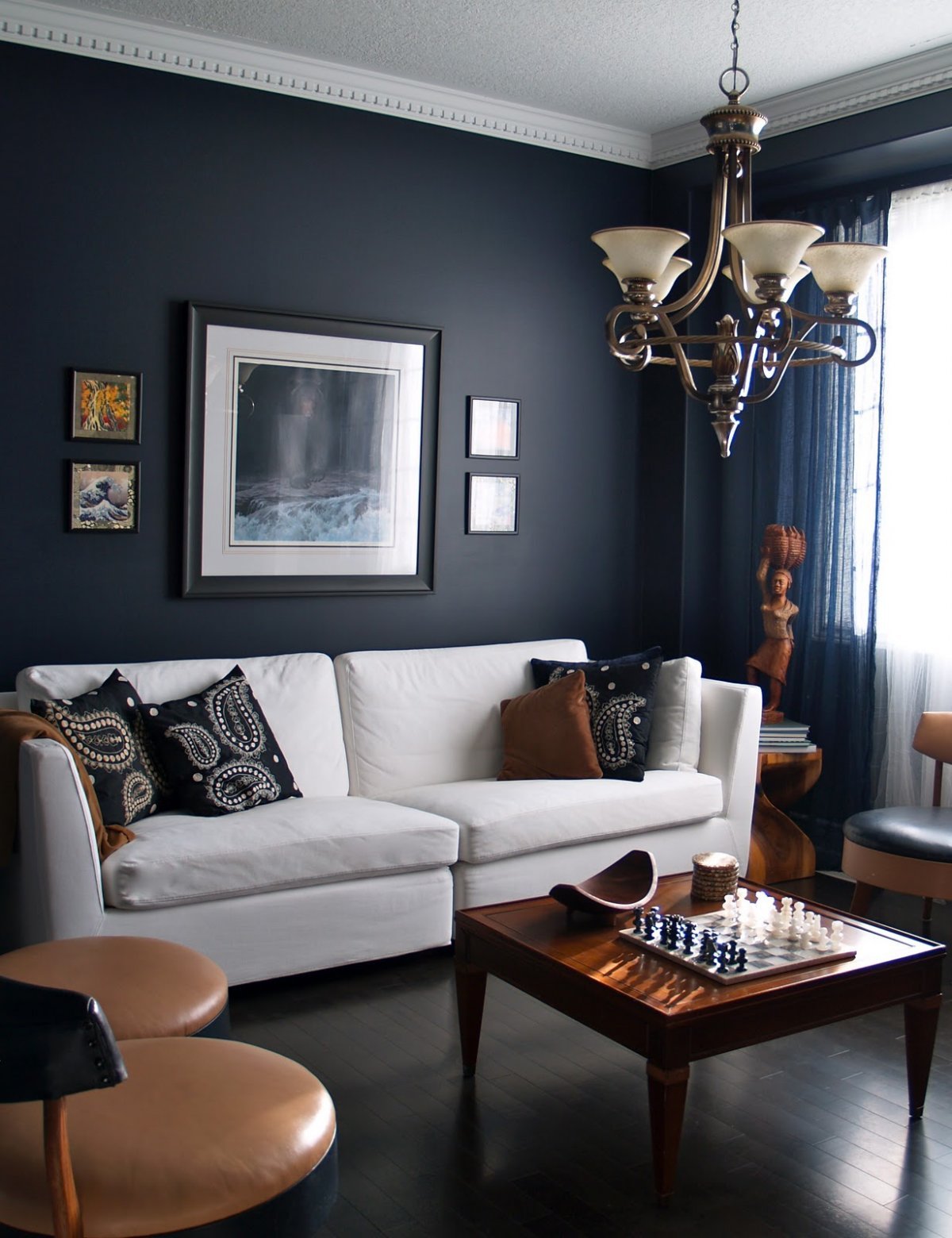
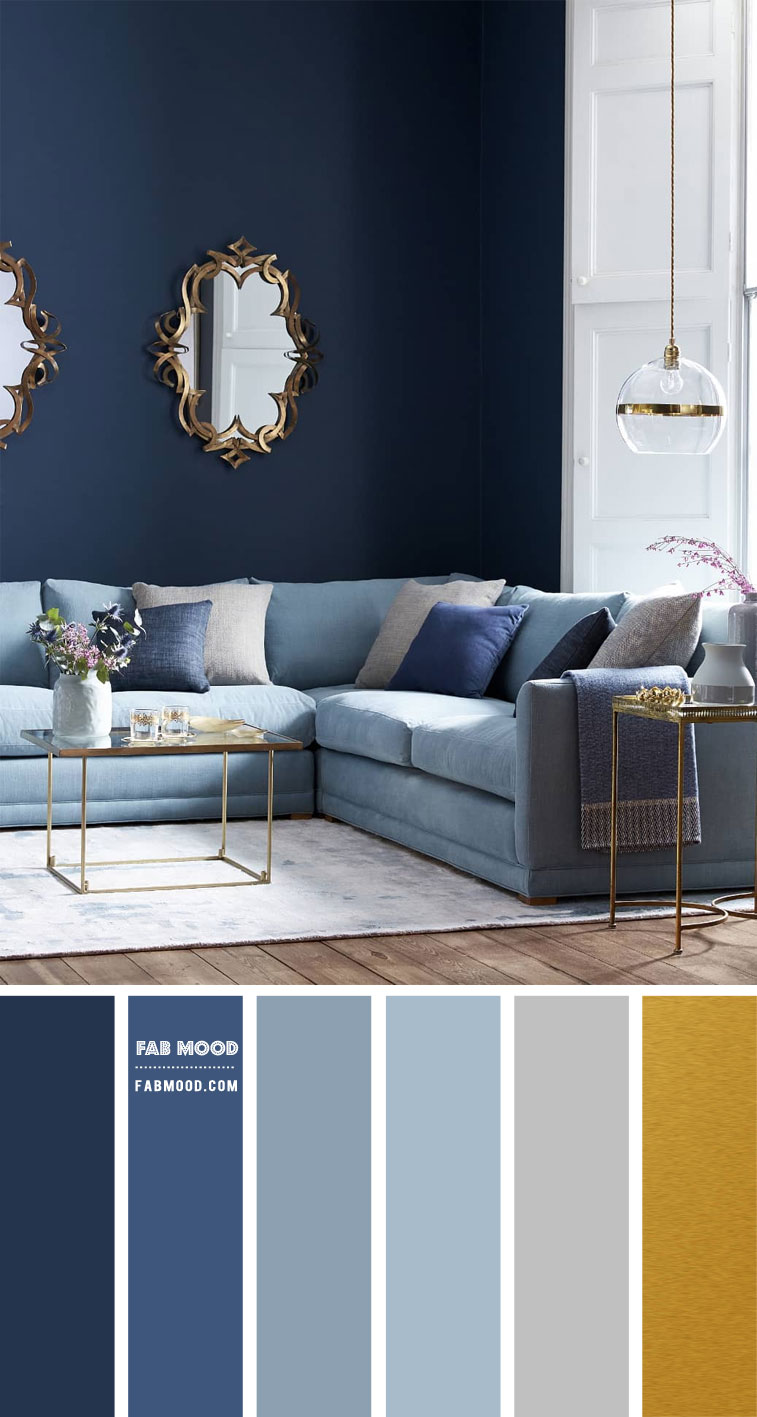



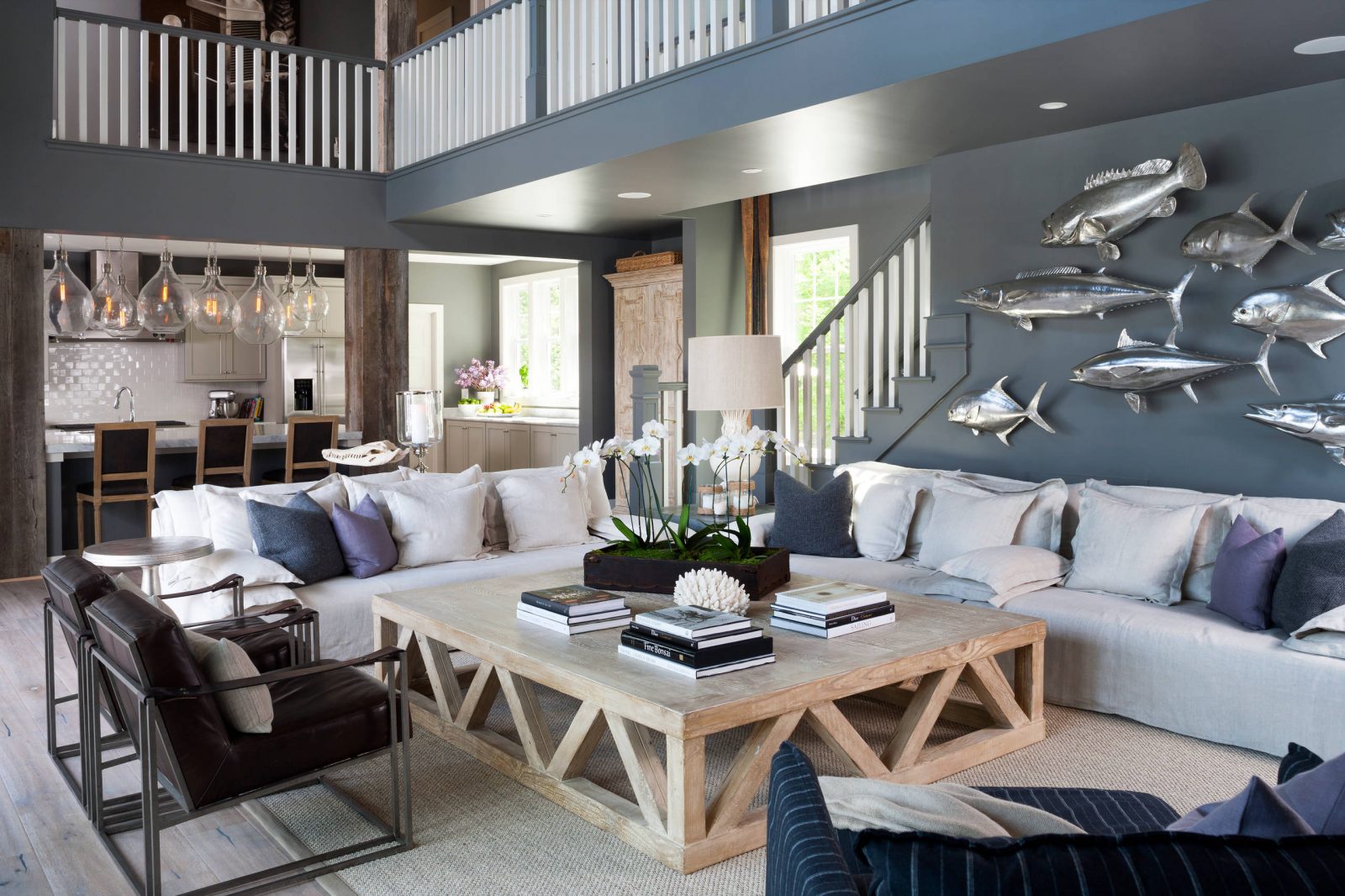

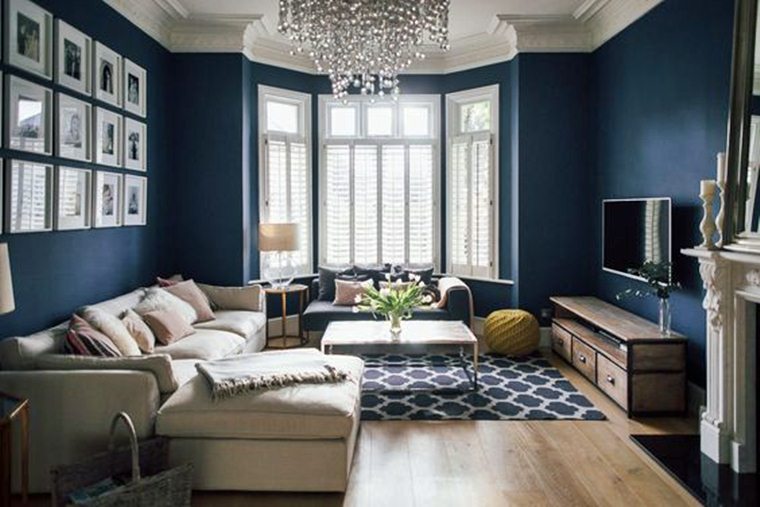


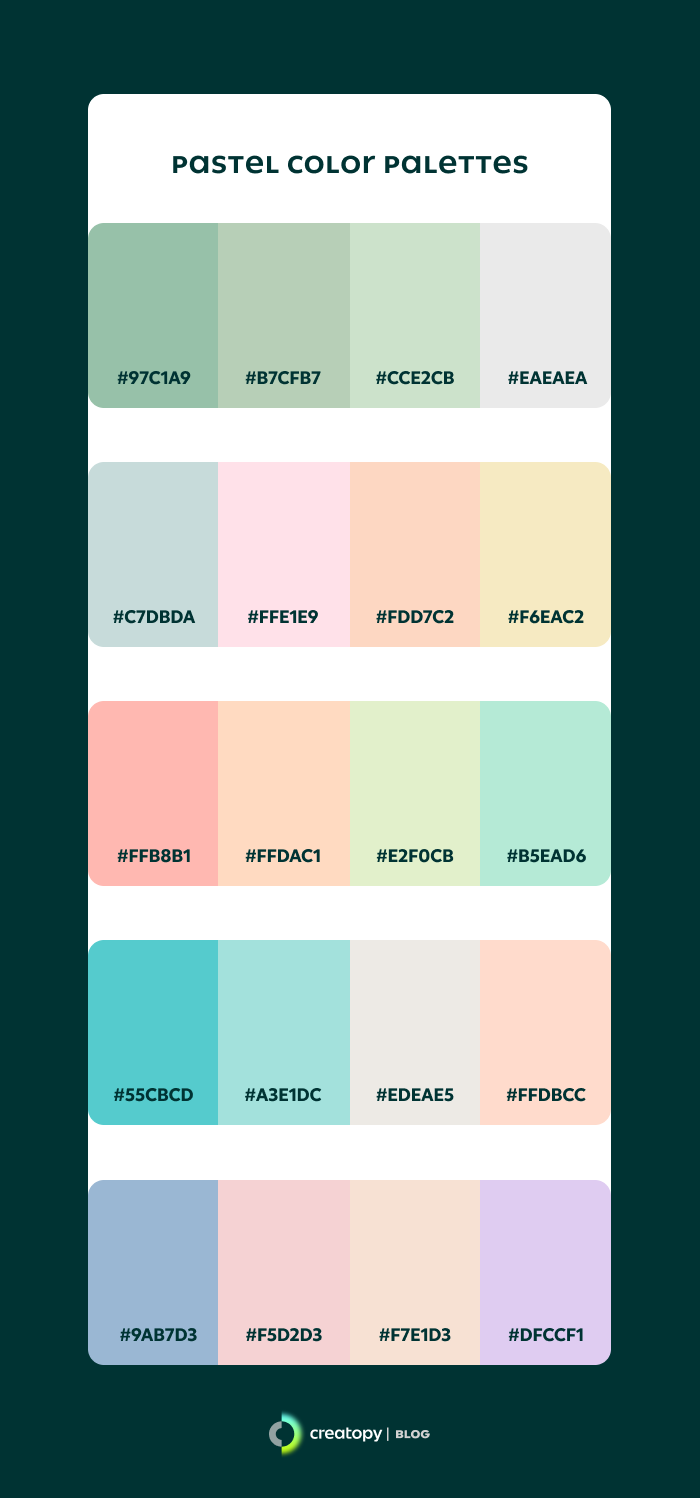





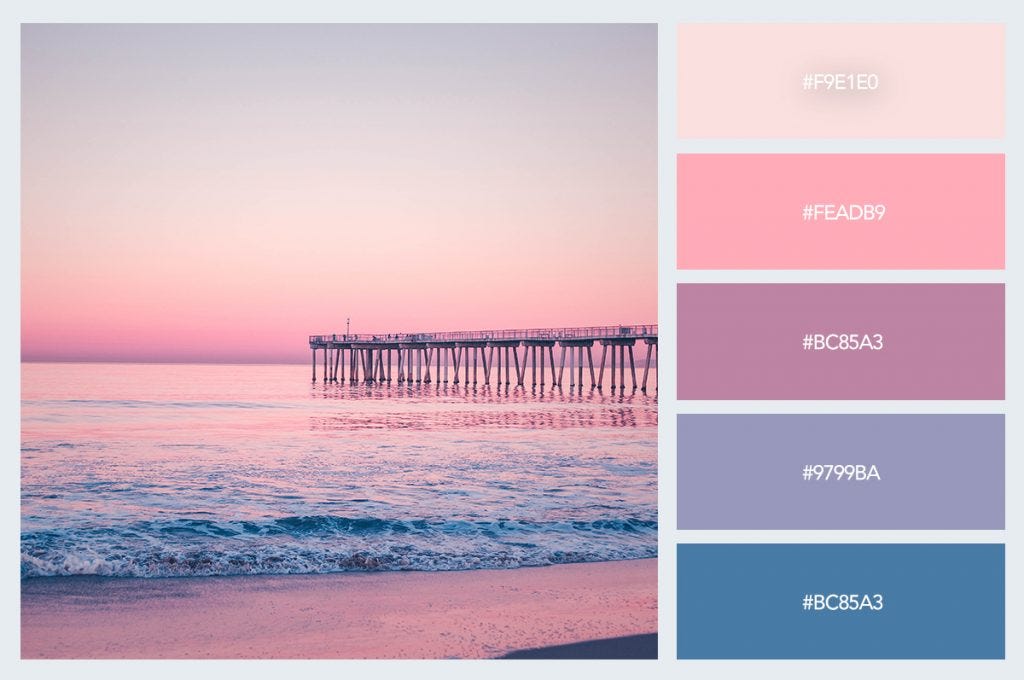

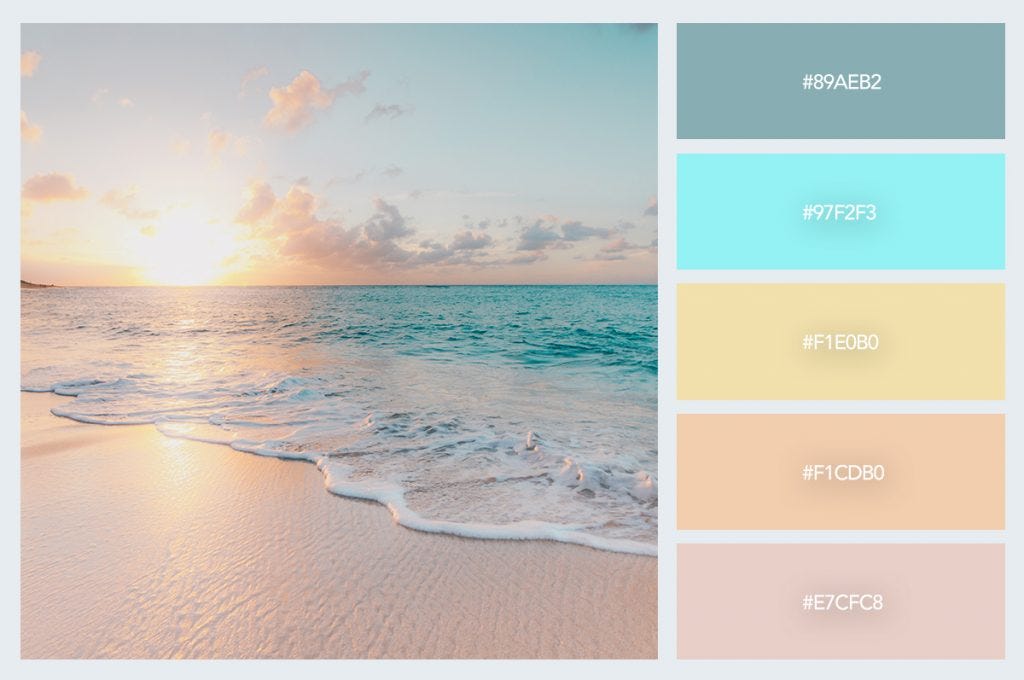


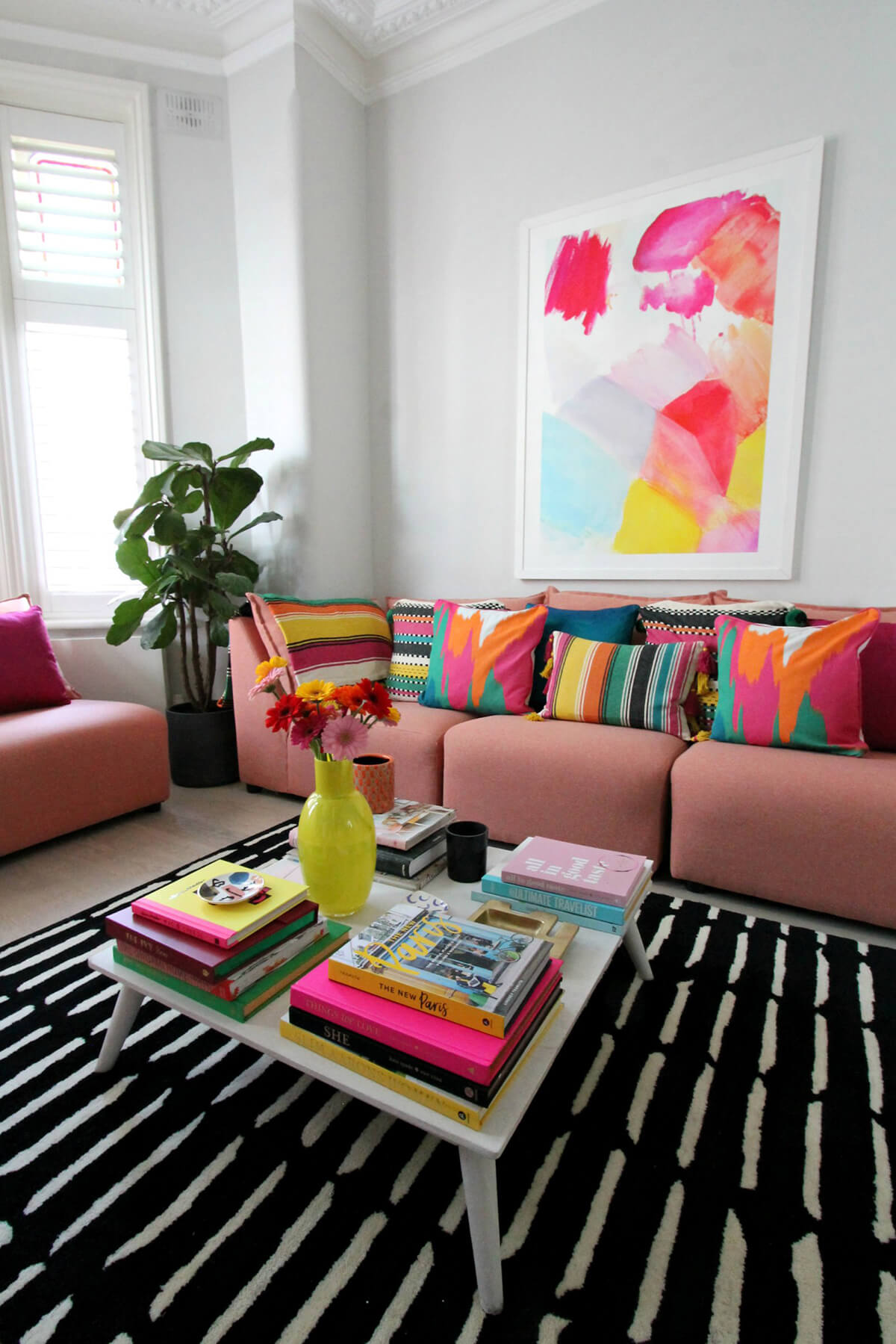

/cdn.vox-cdn.com/uploads/chorus_image/image/52717199/lowengart_green_street_15_10_02.0.jpg)
